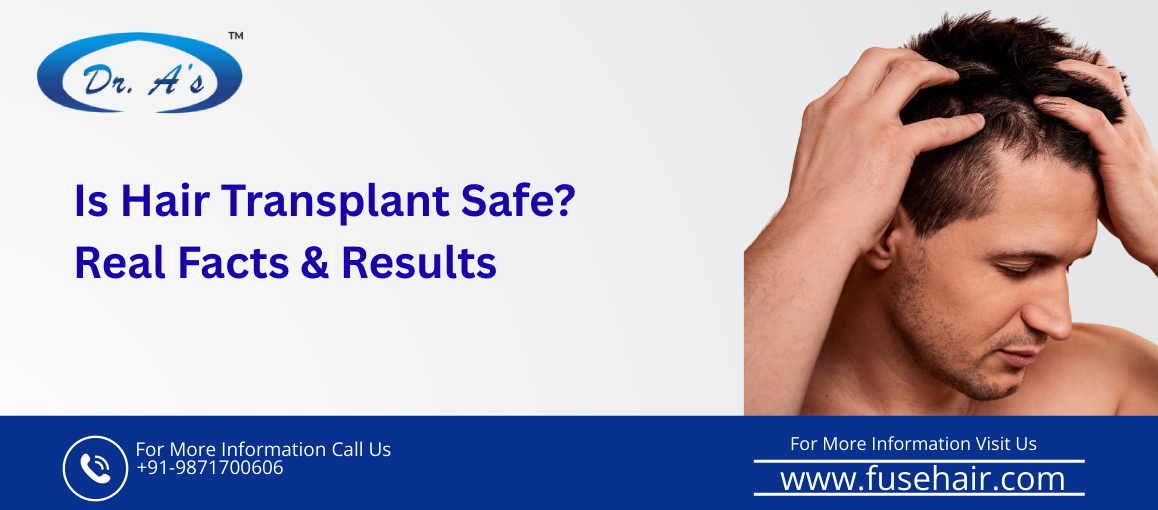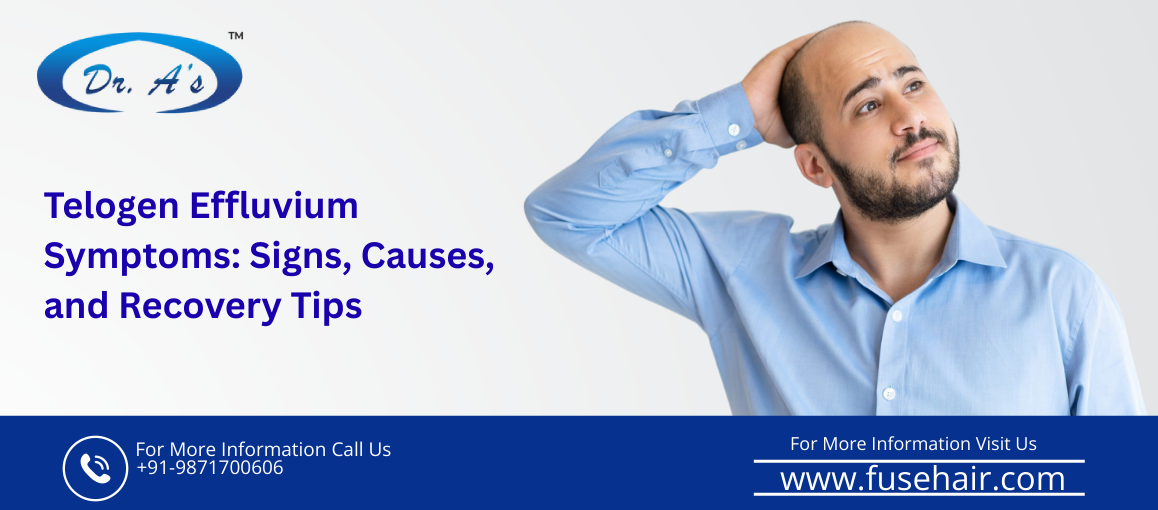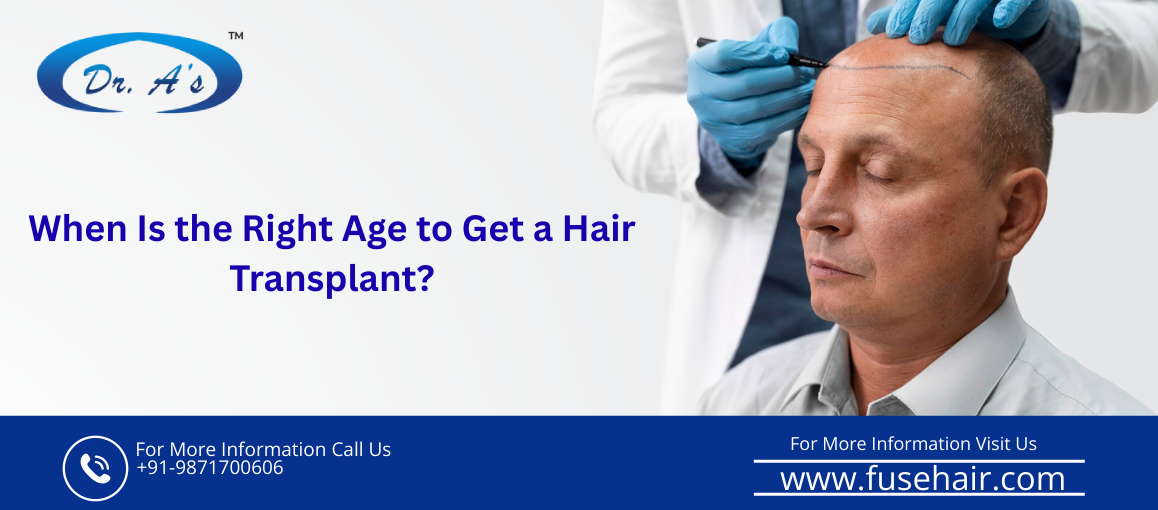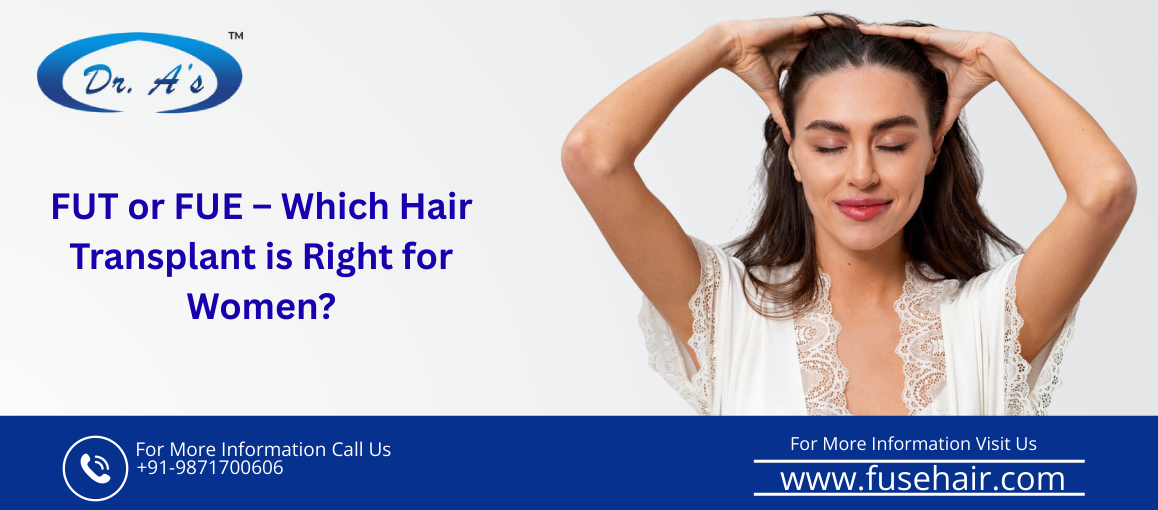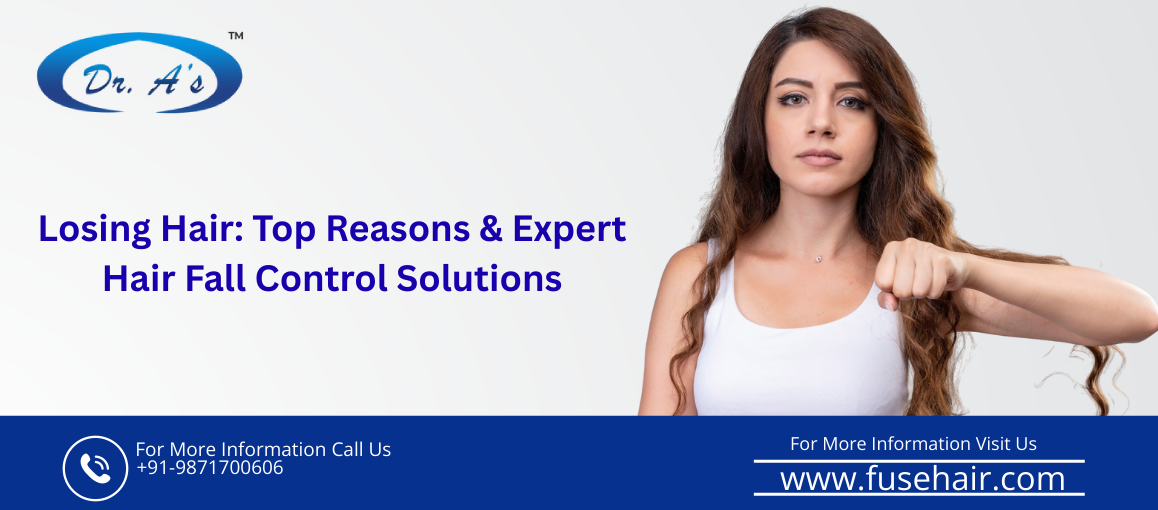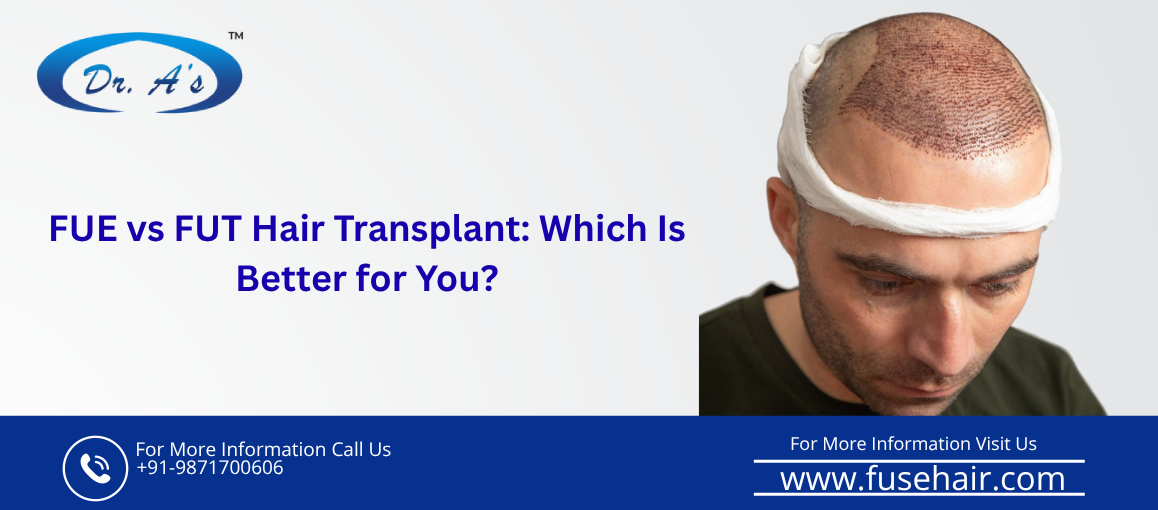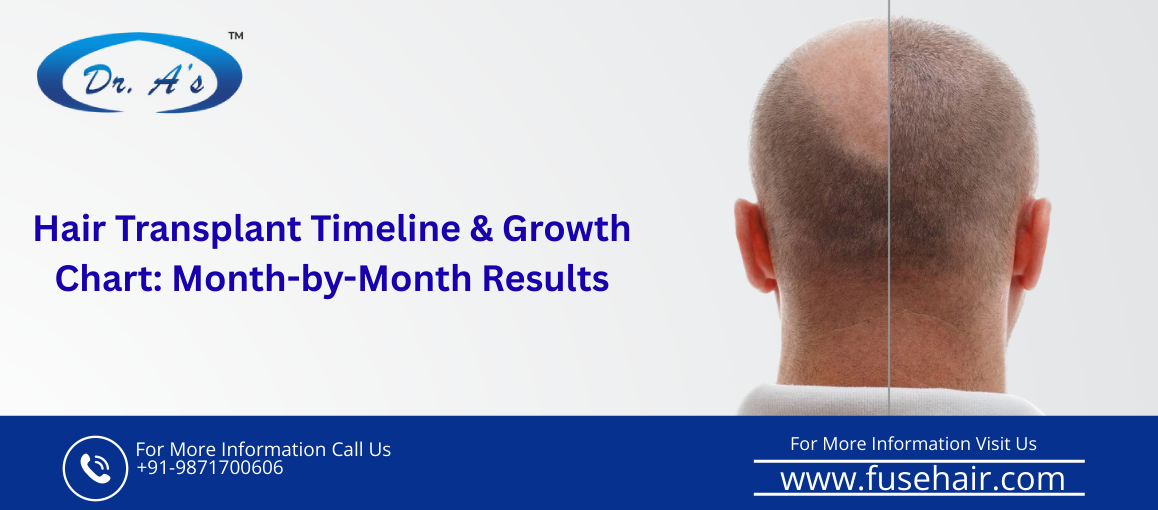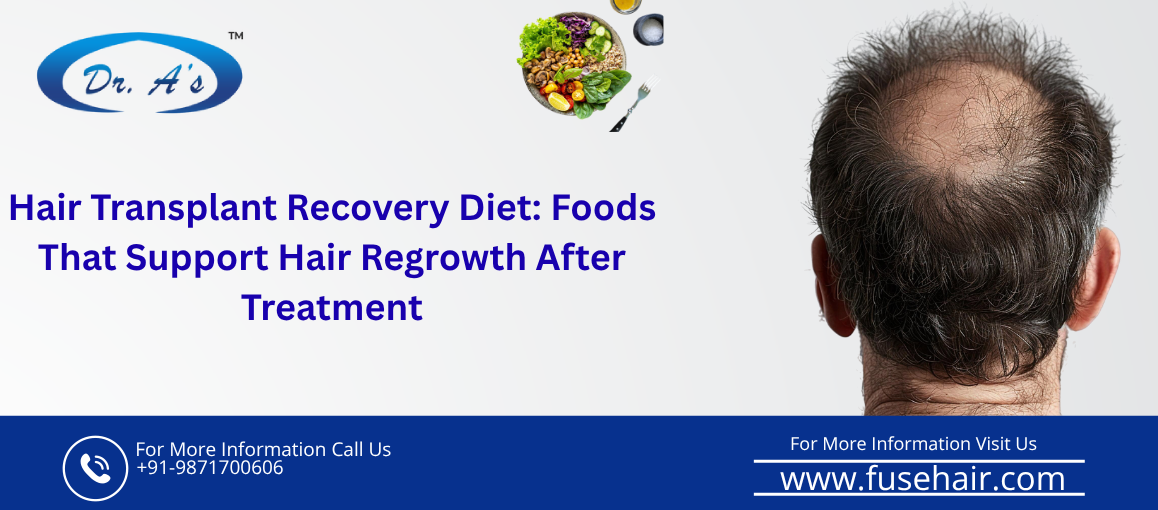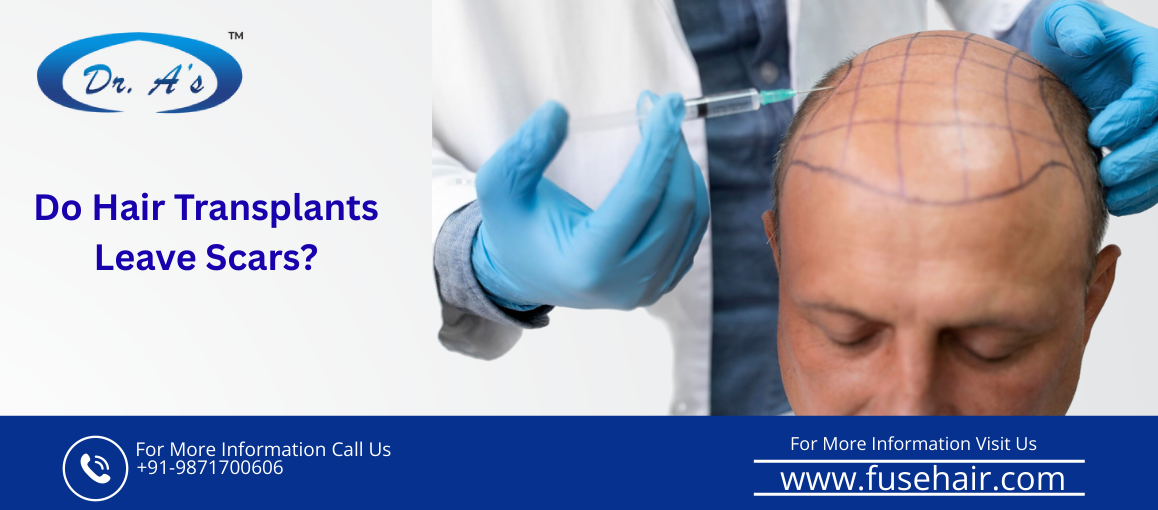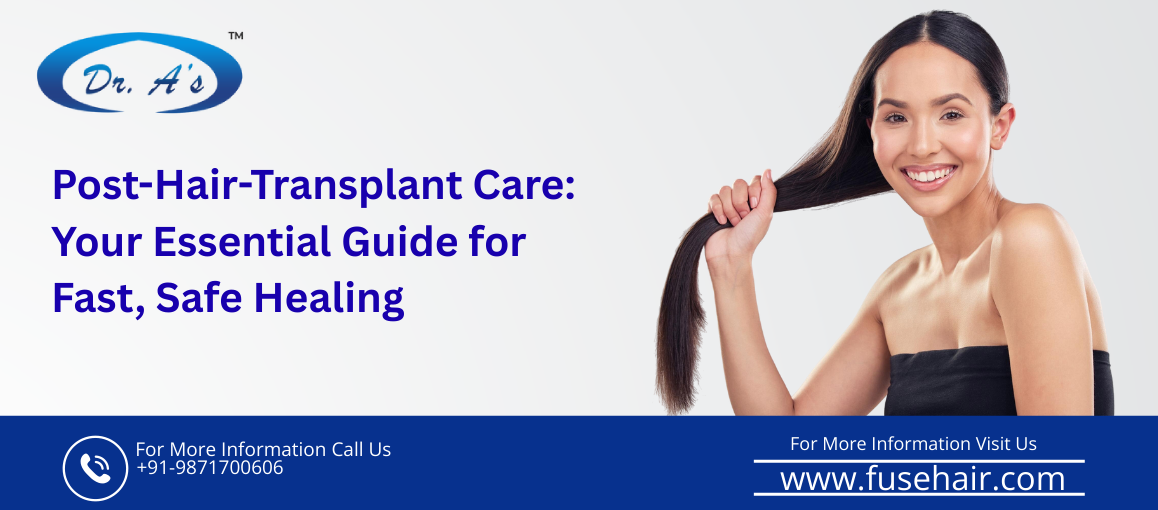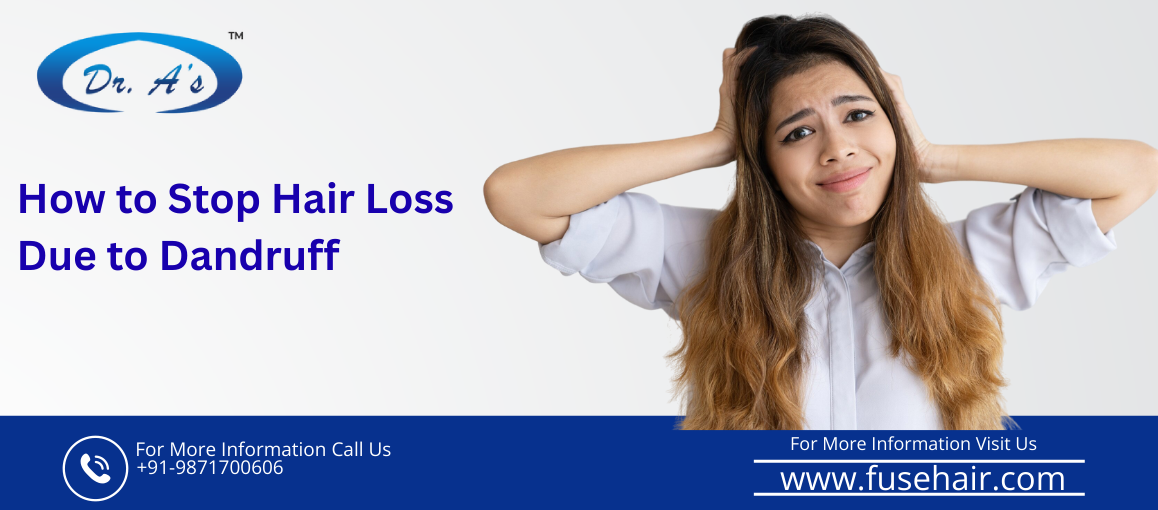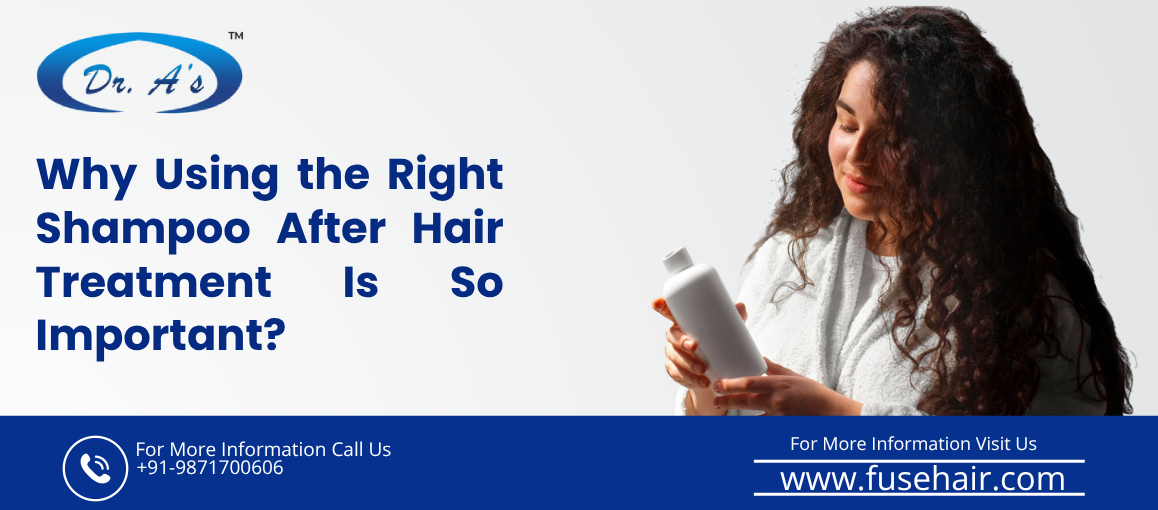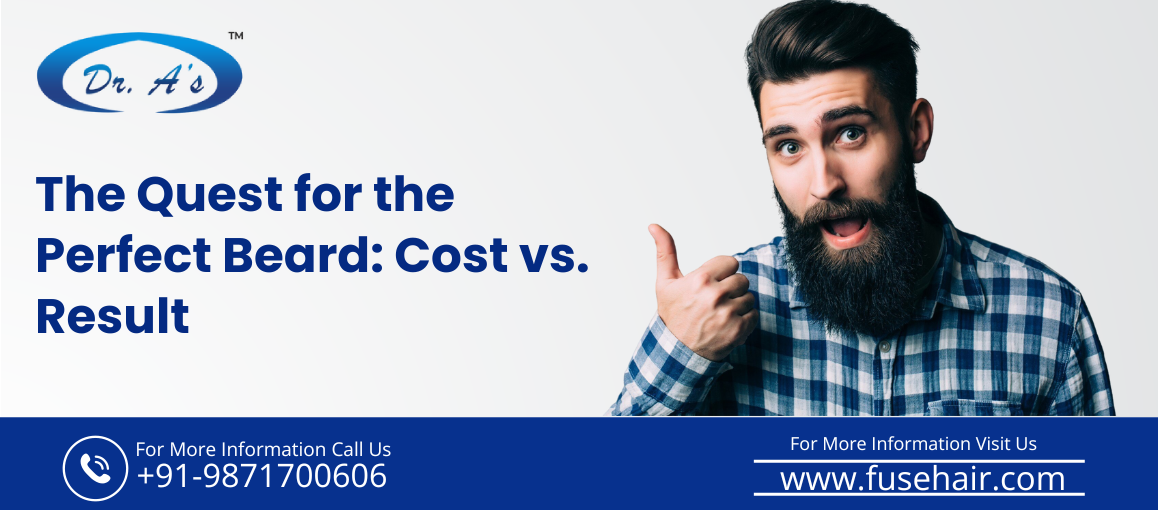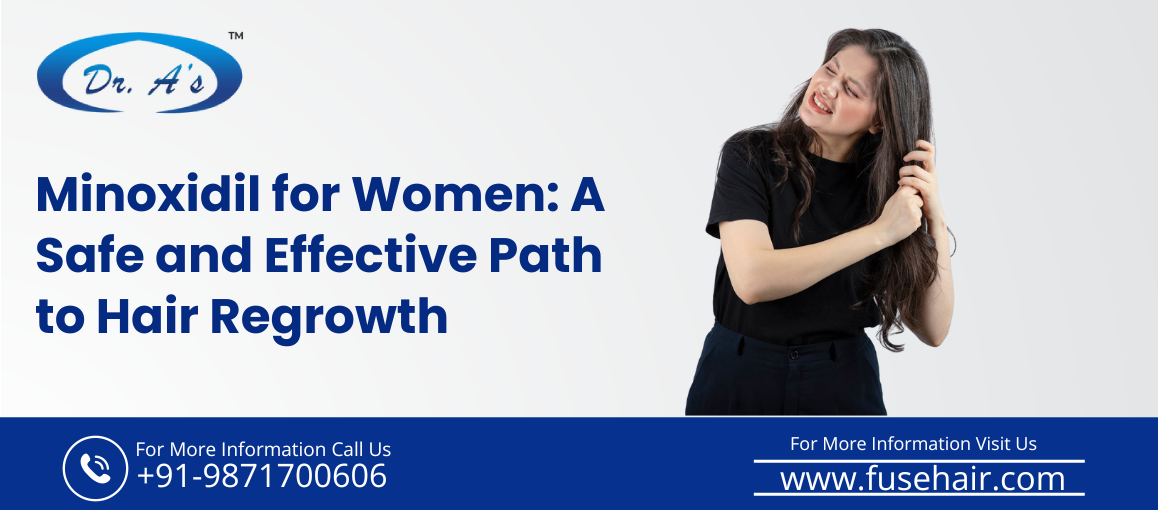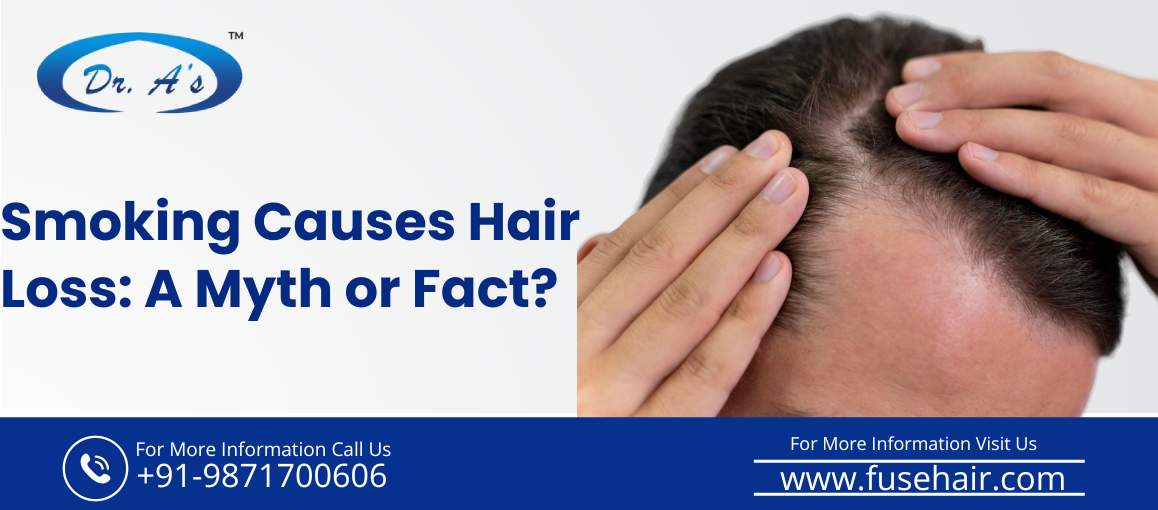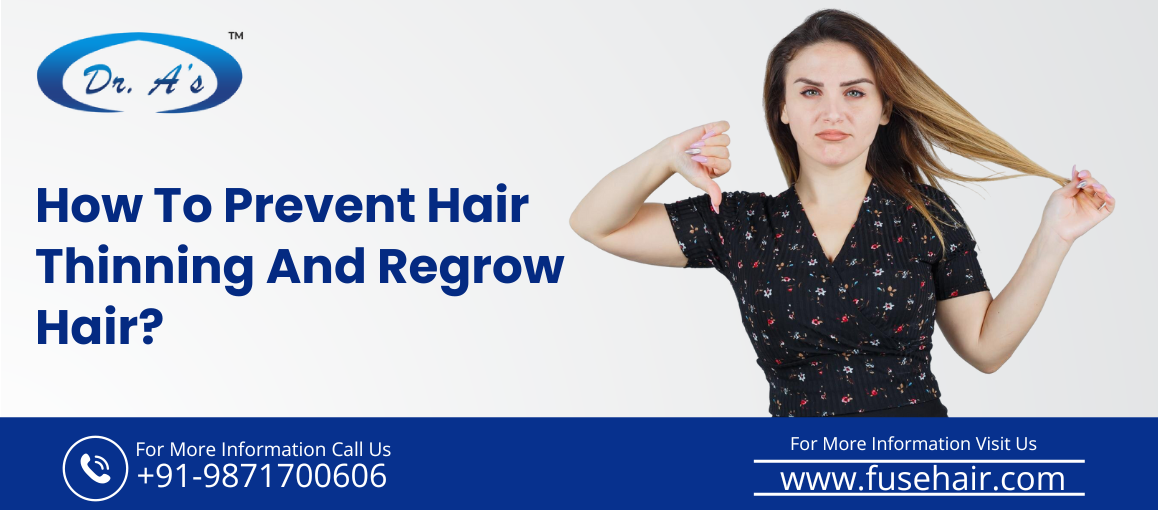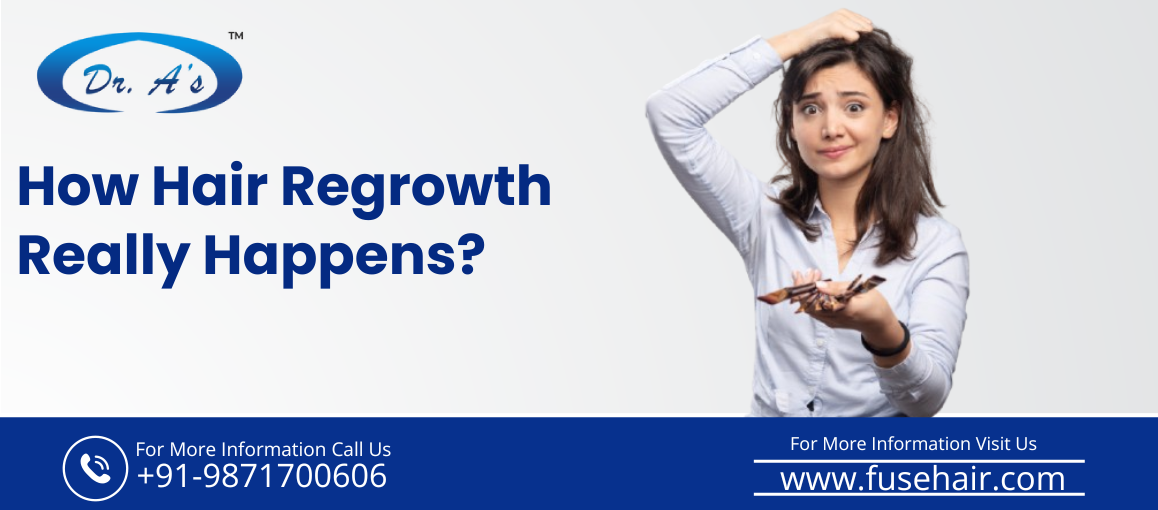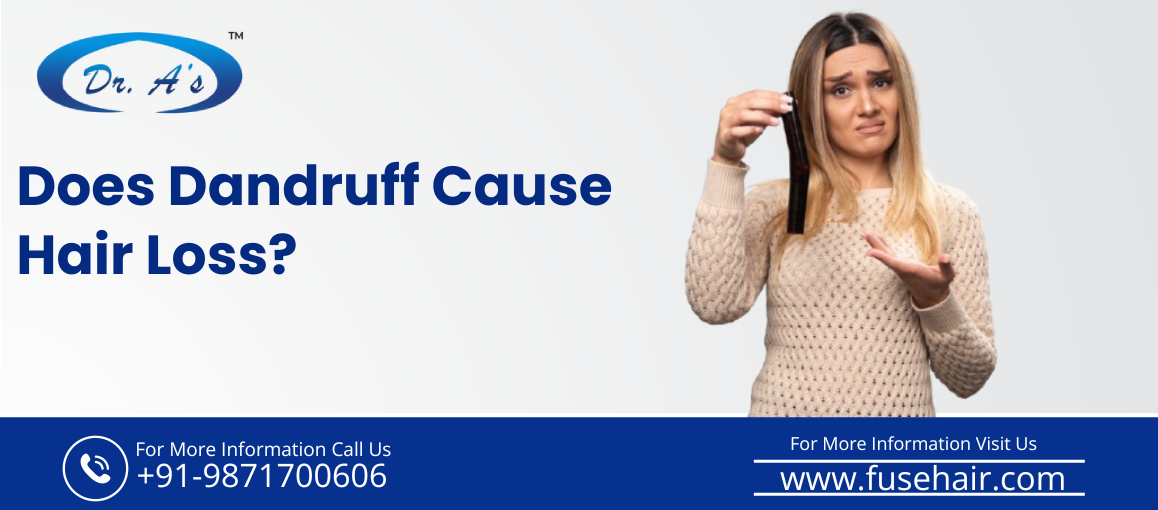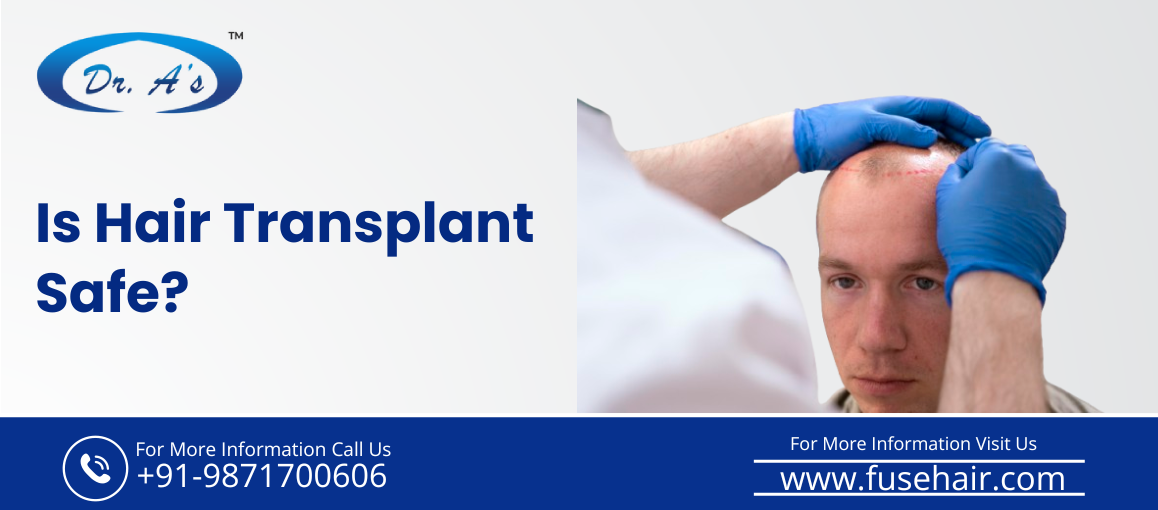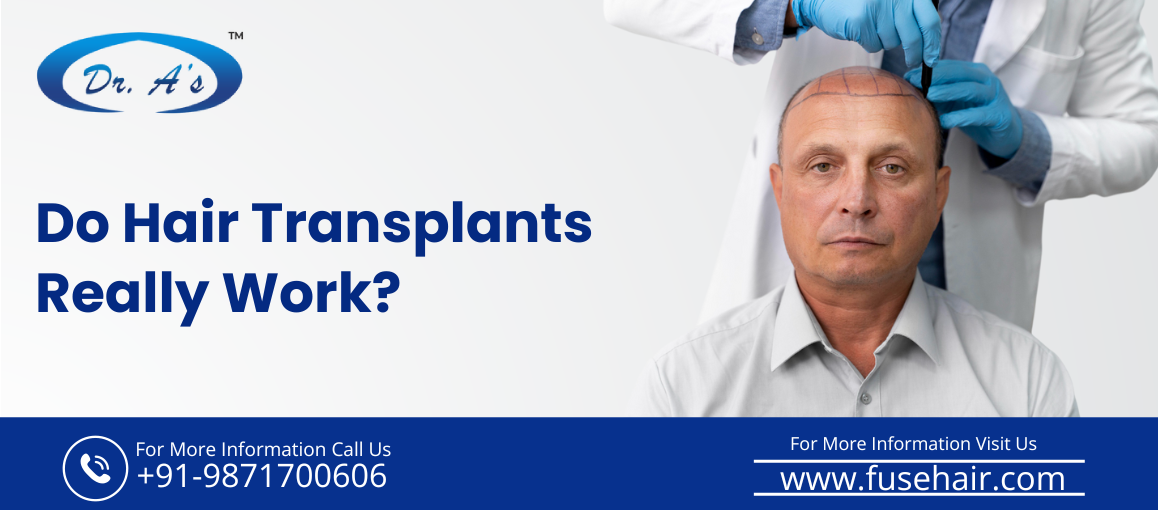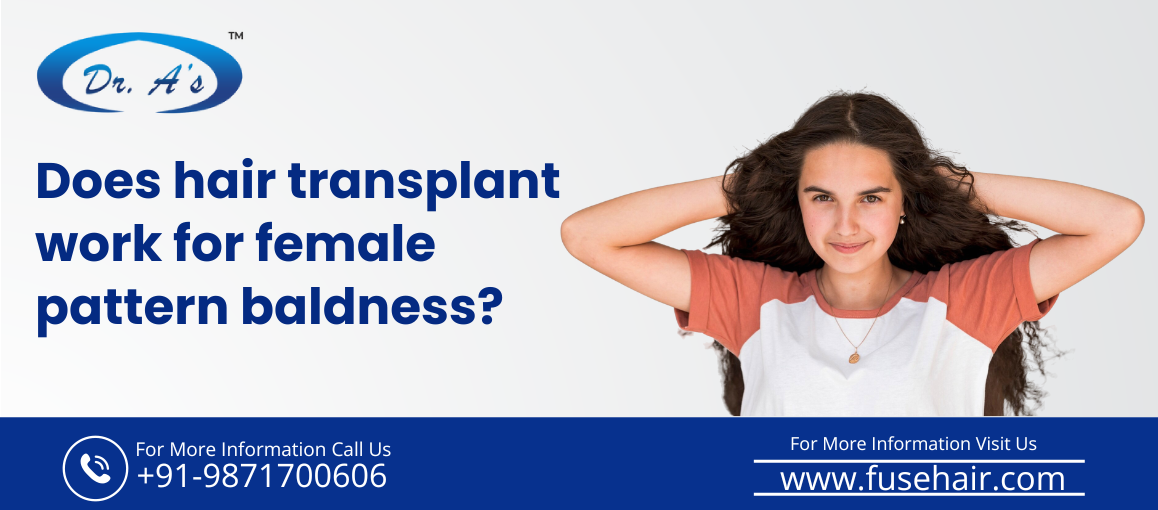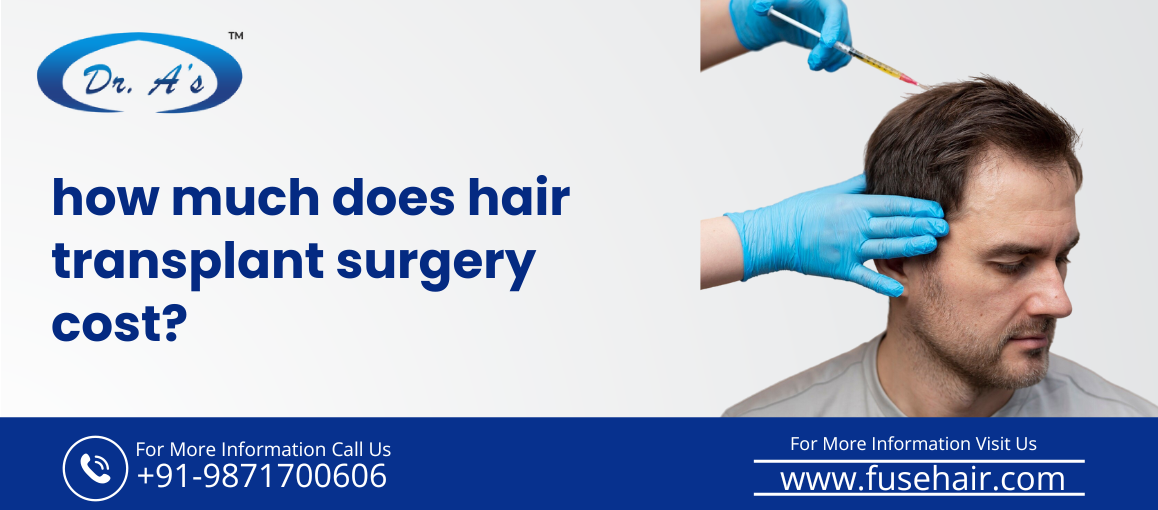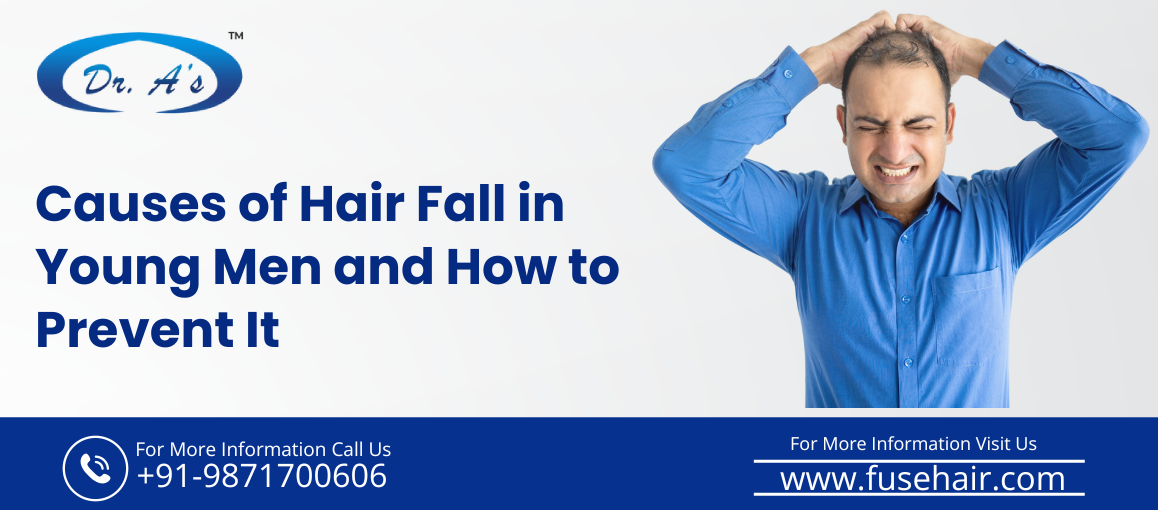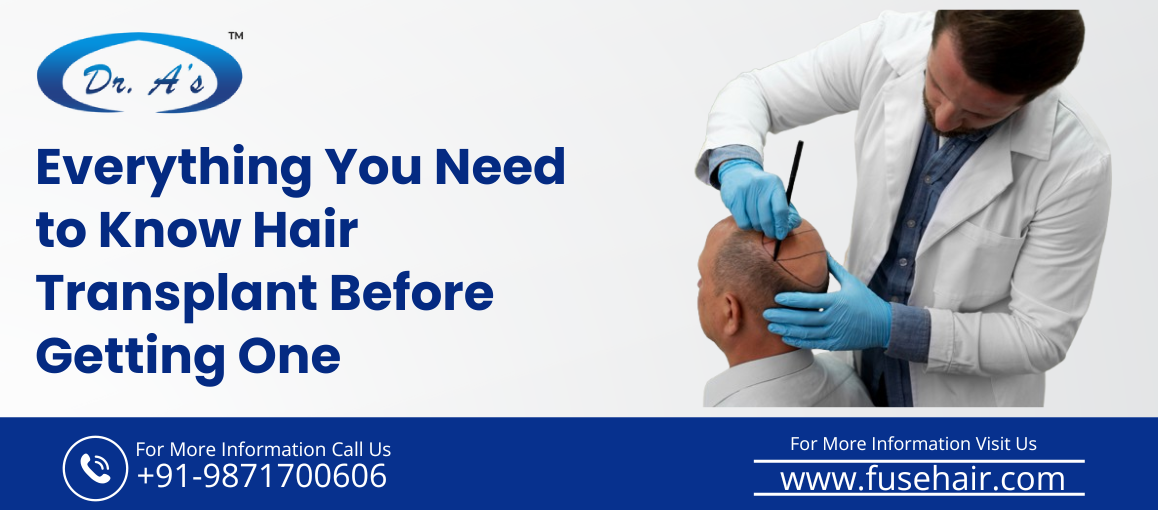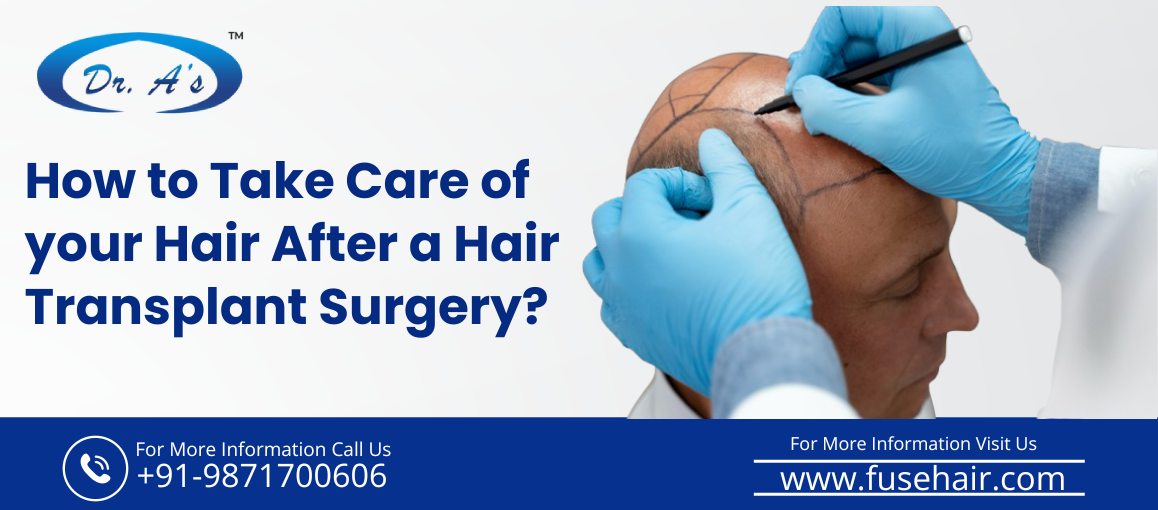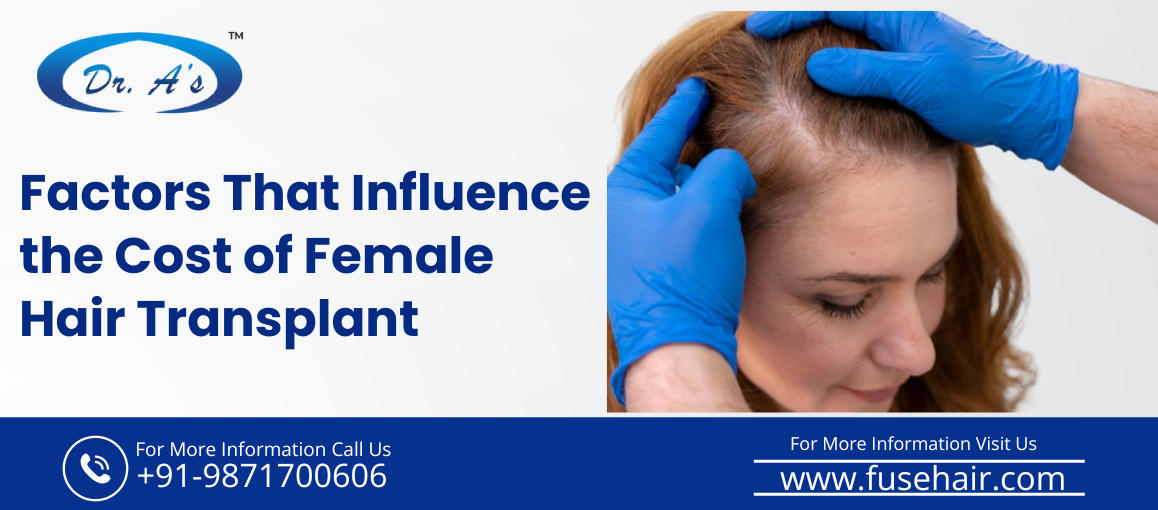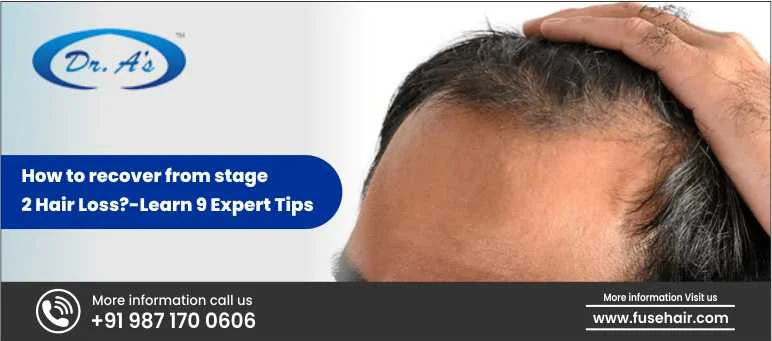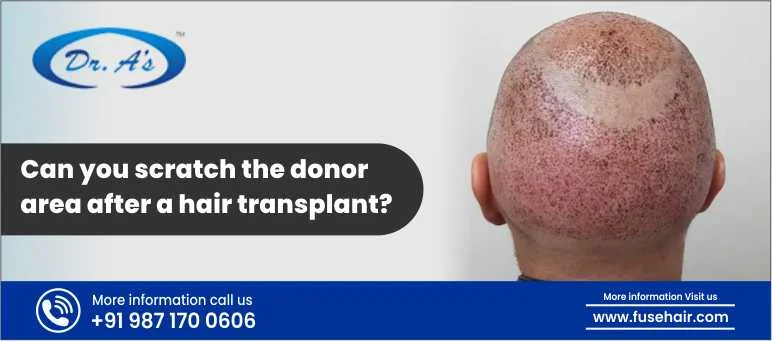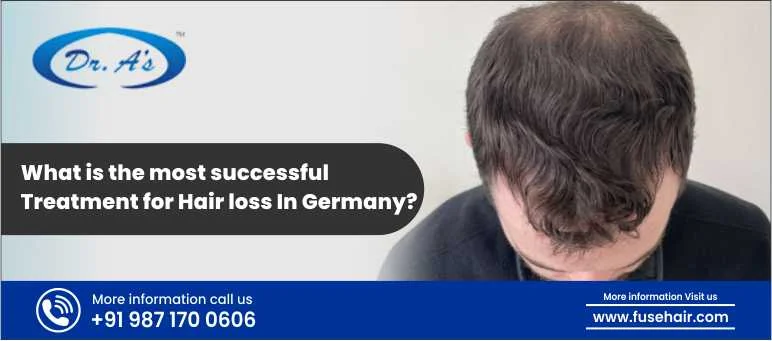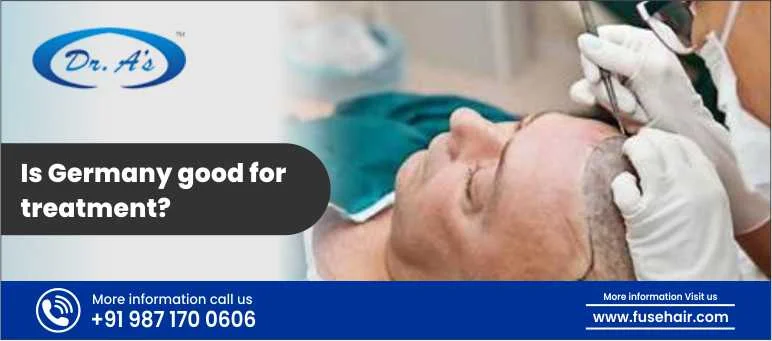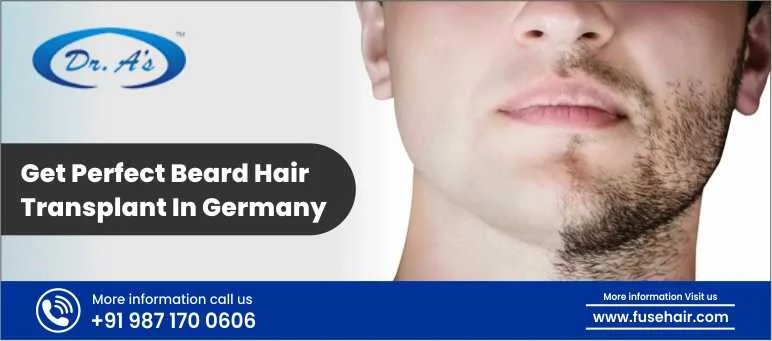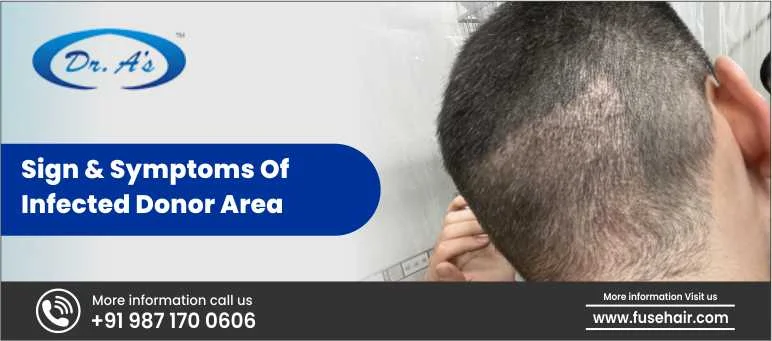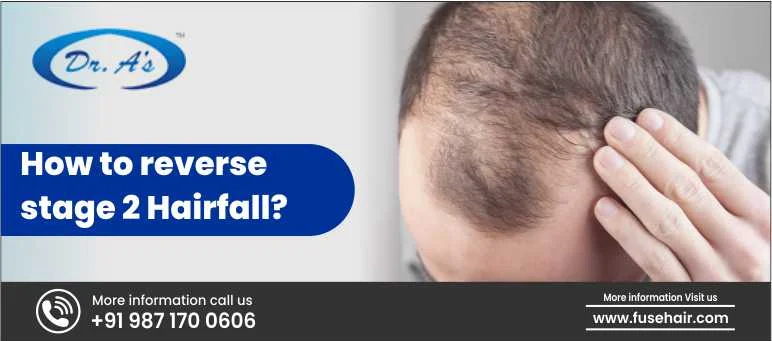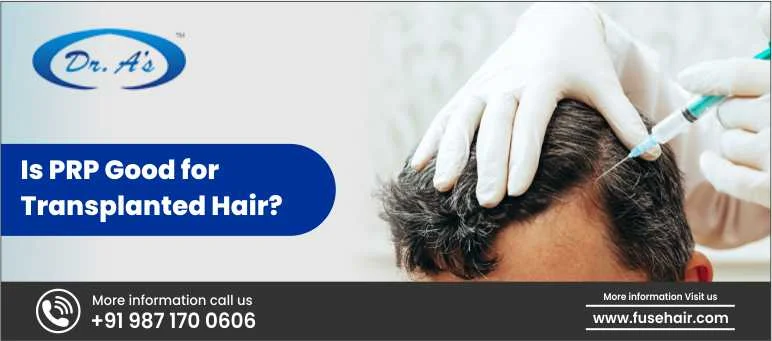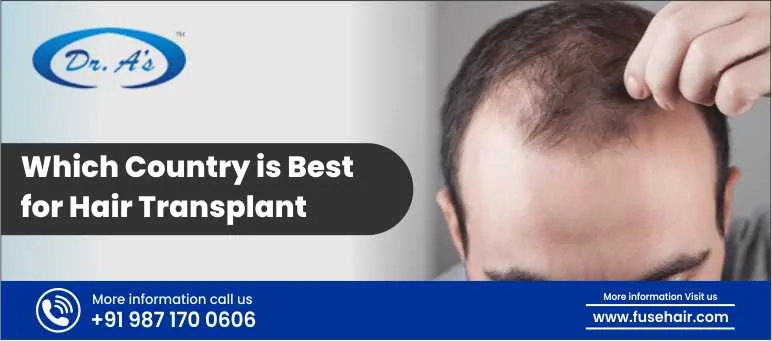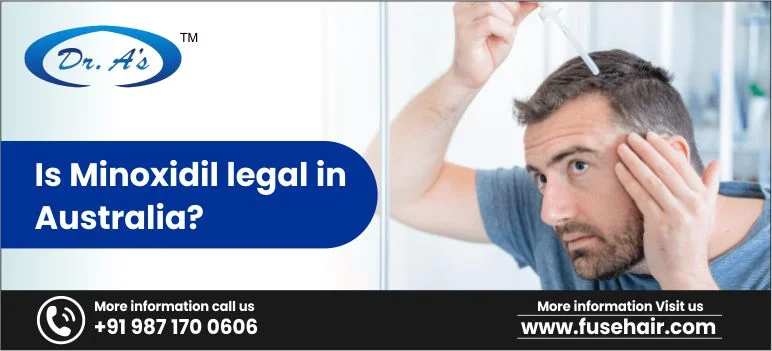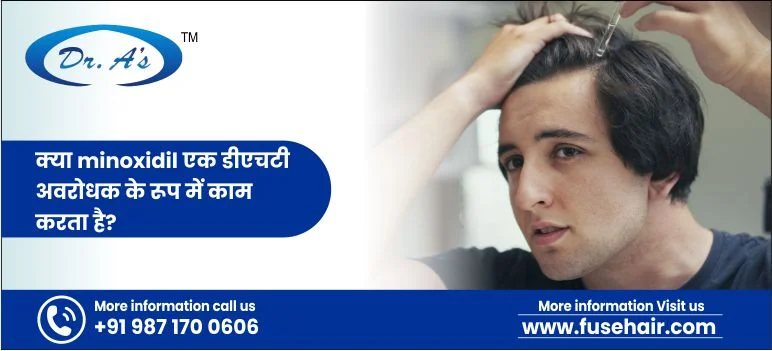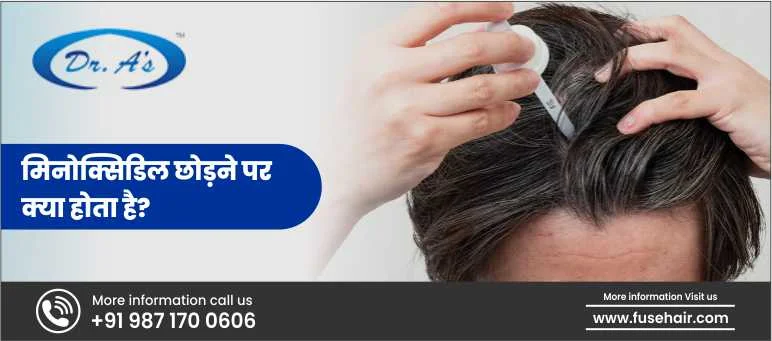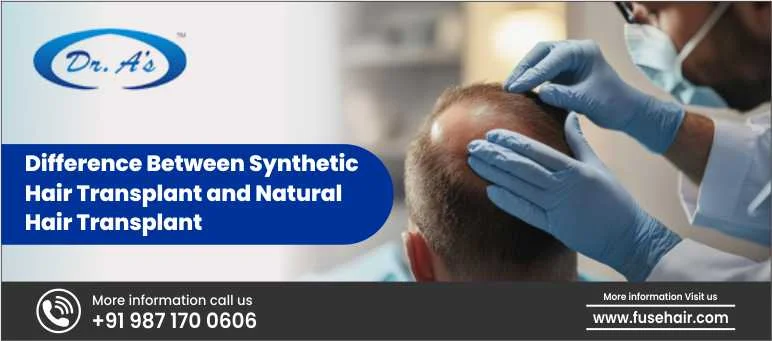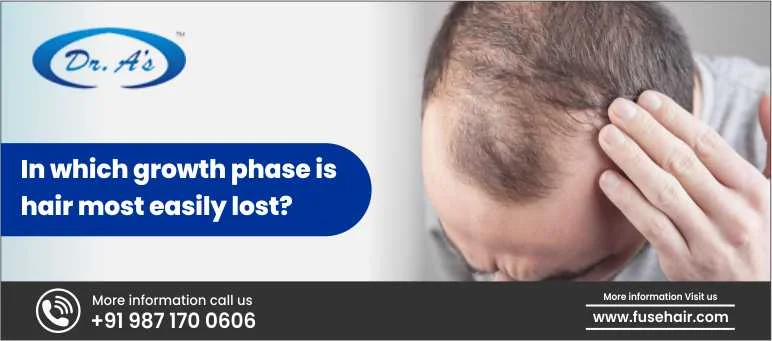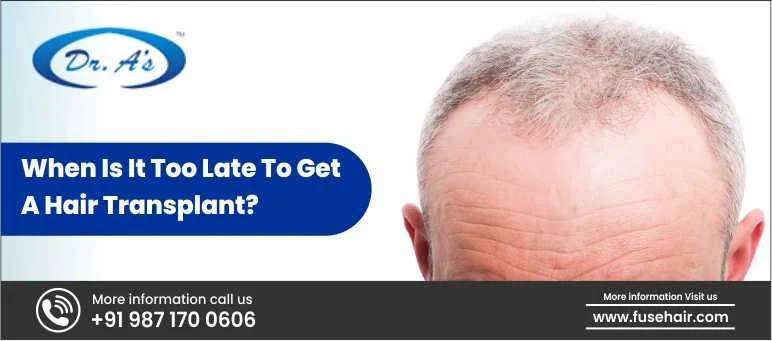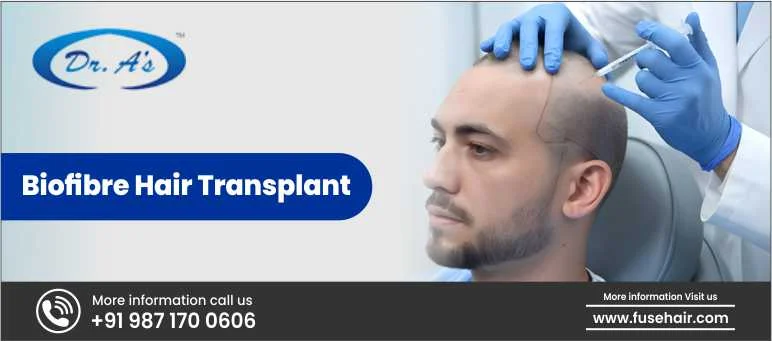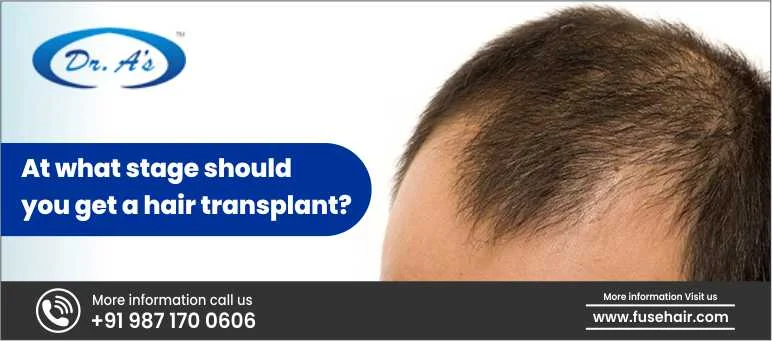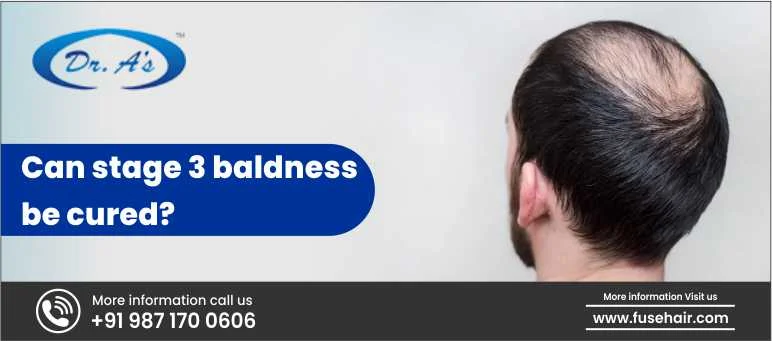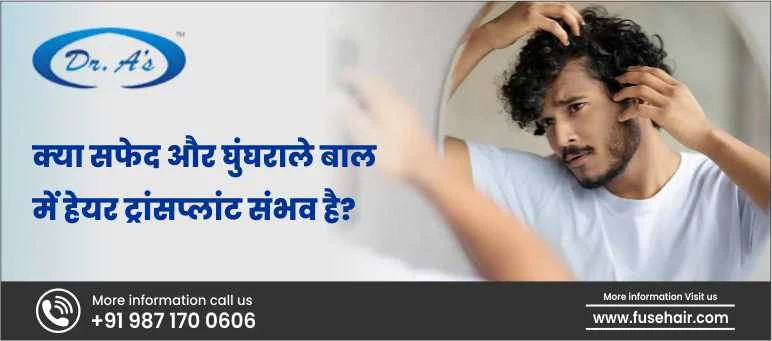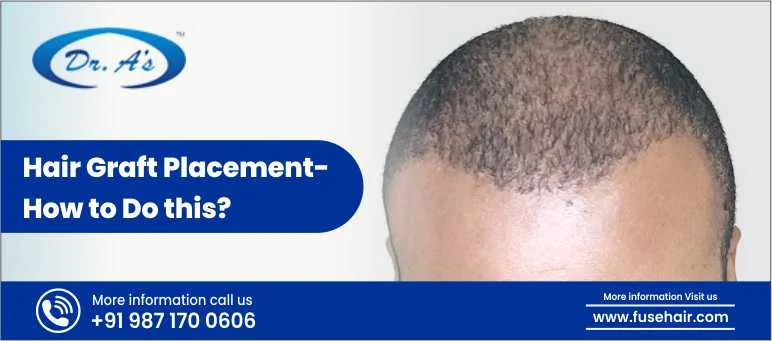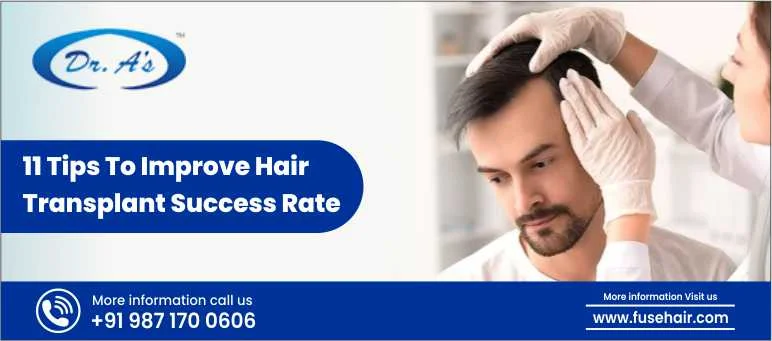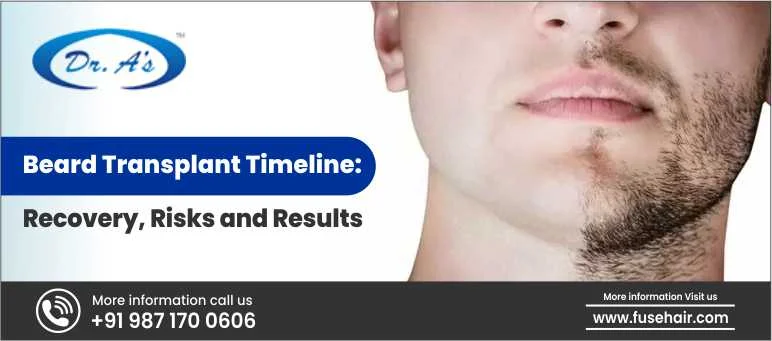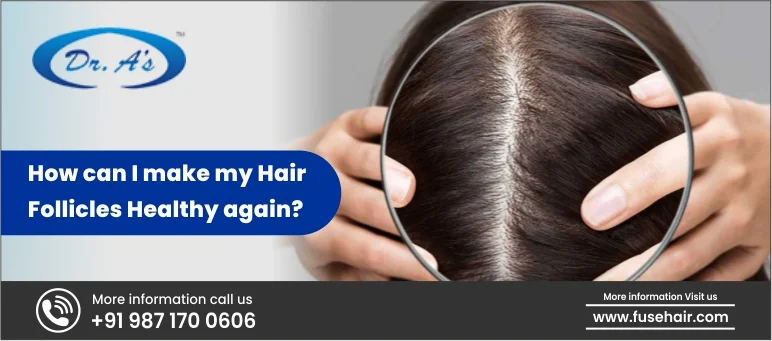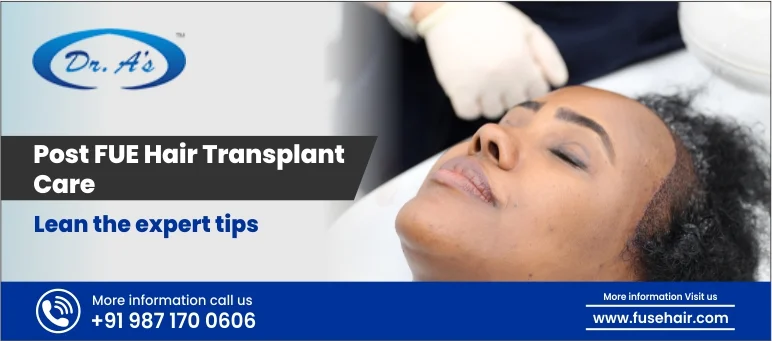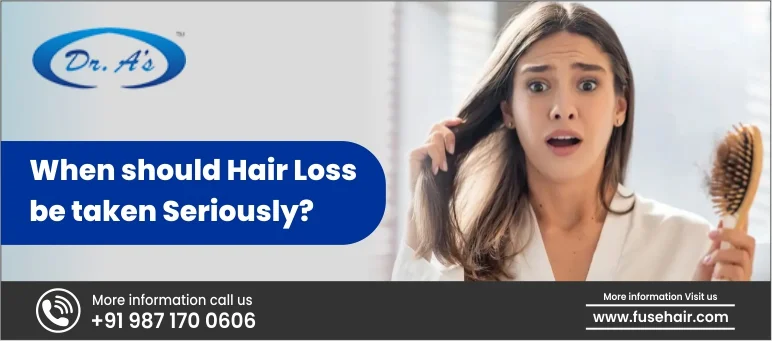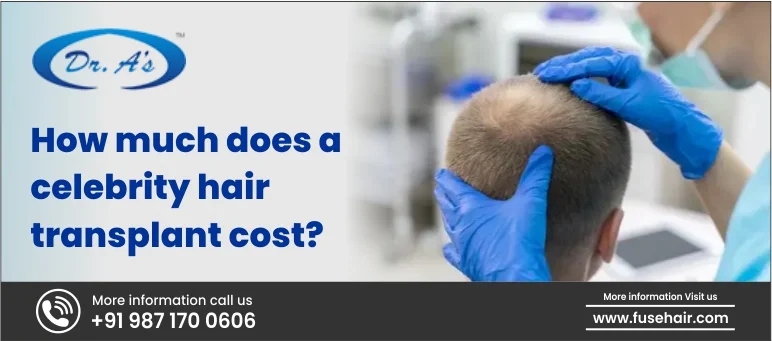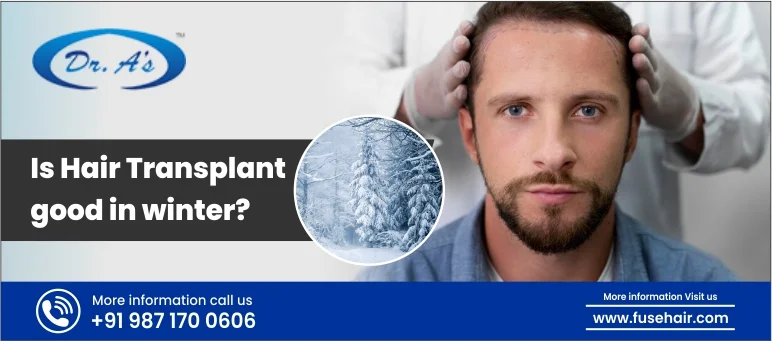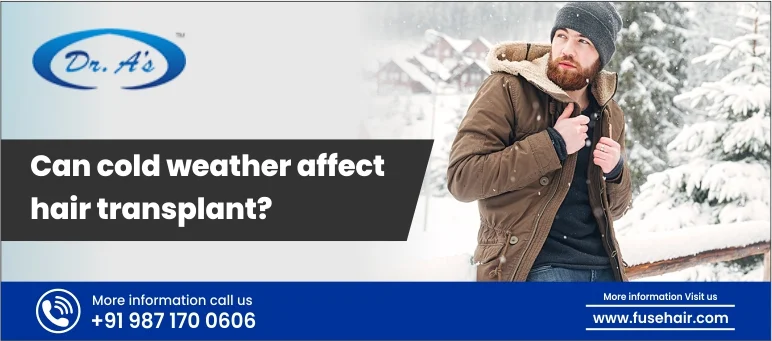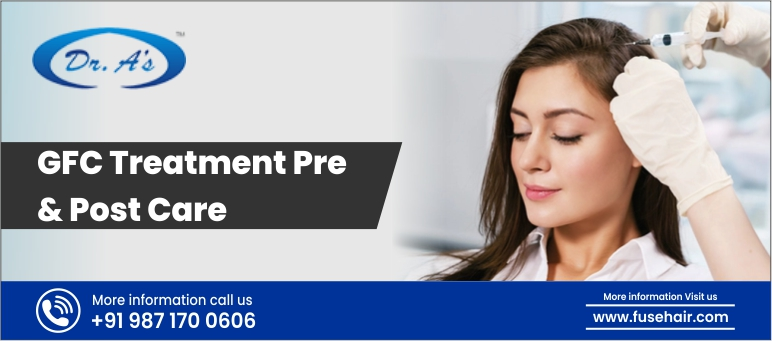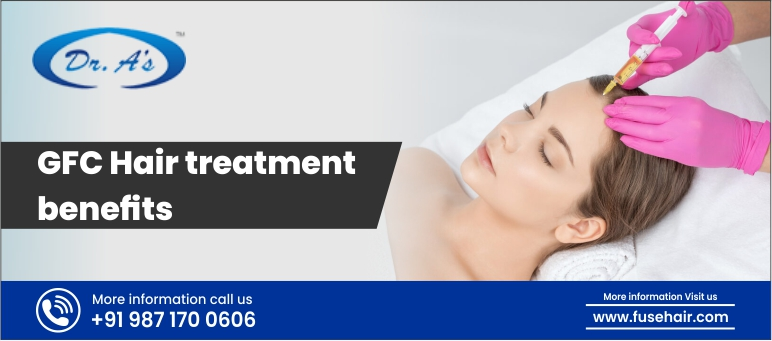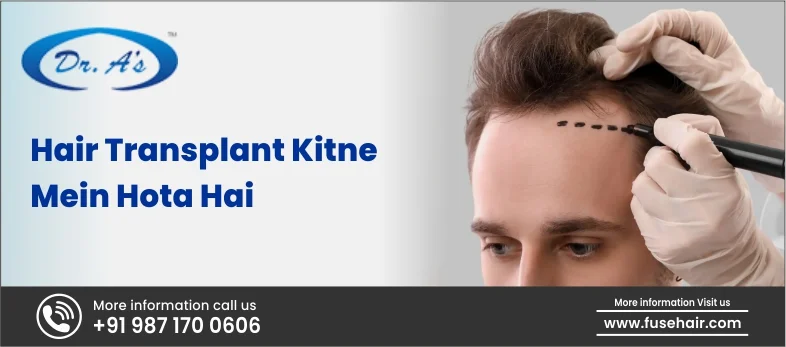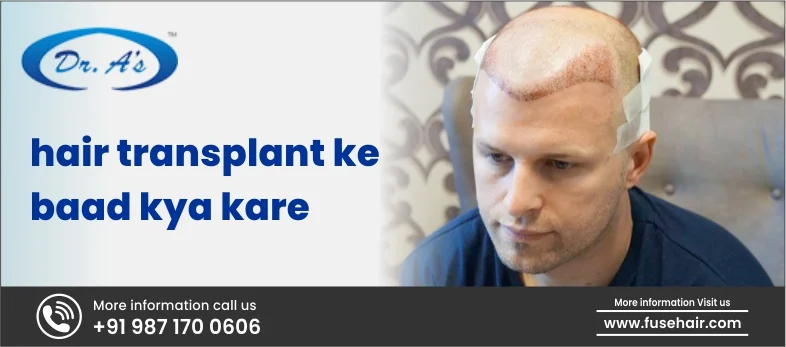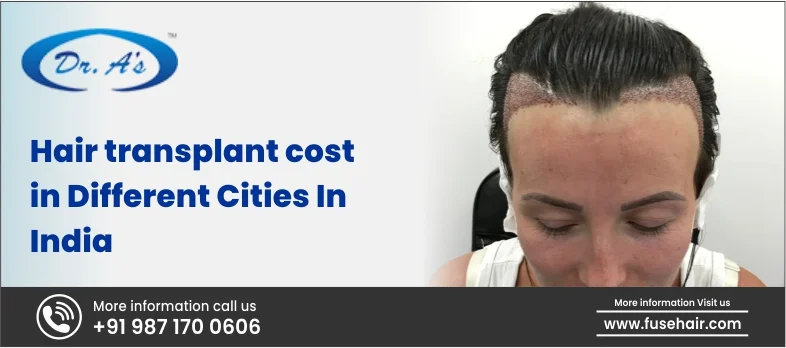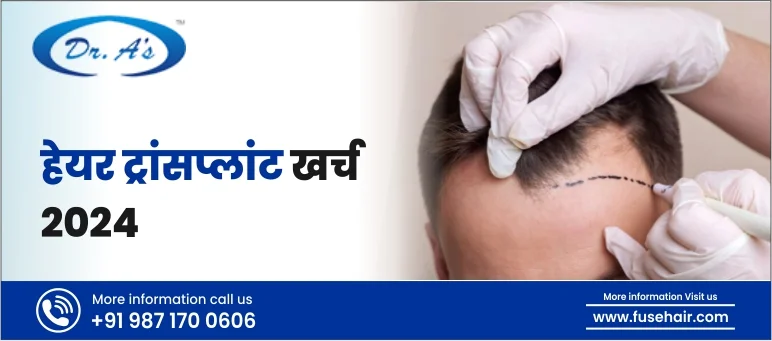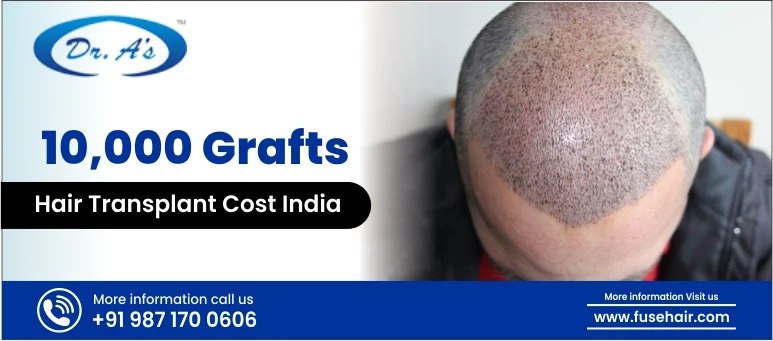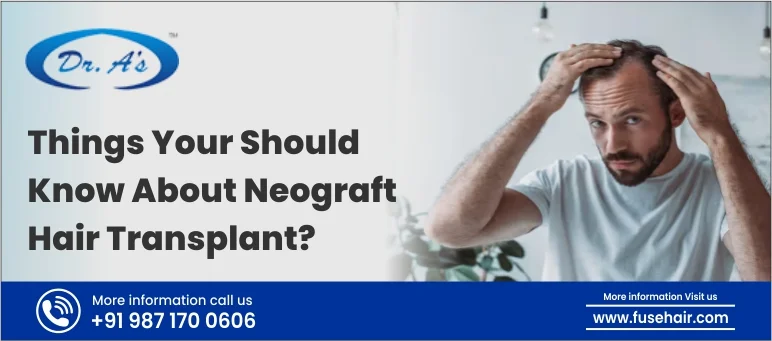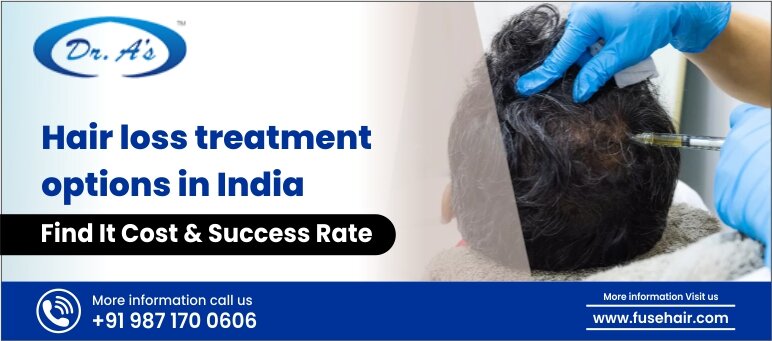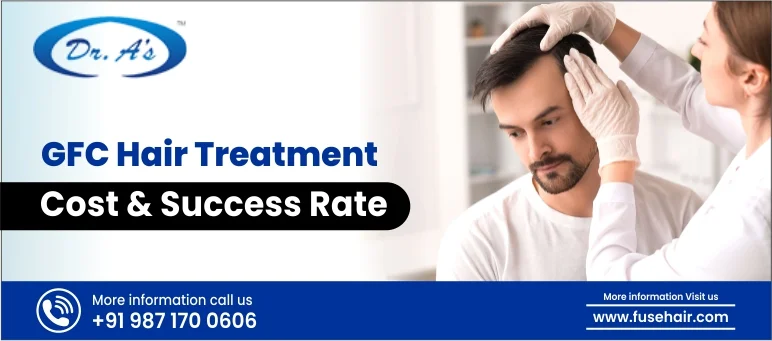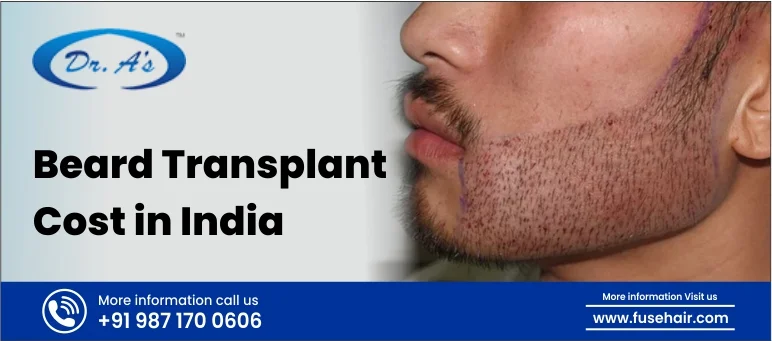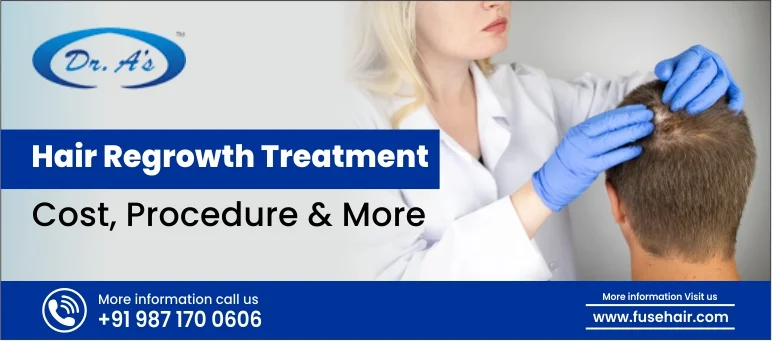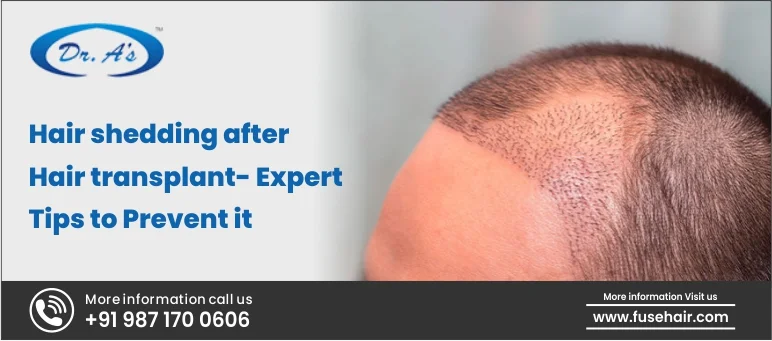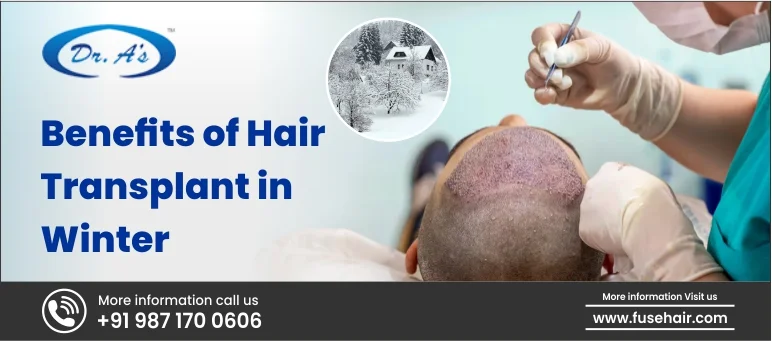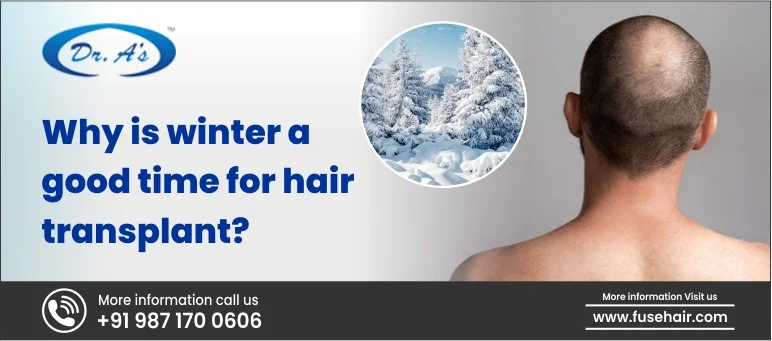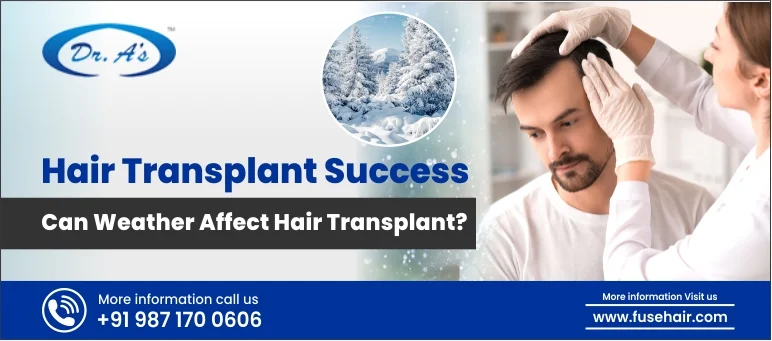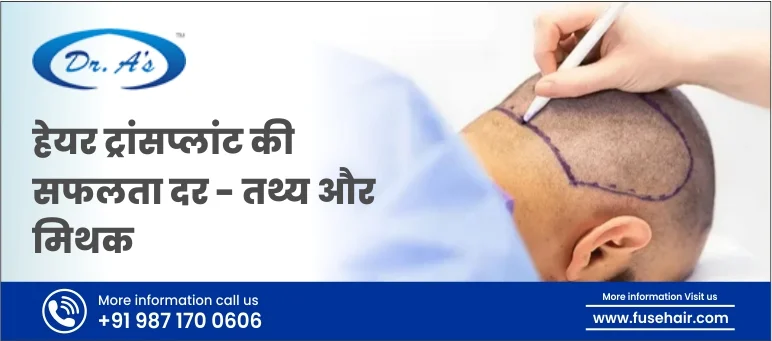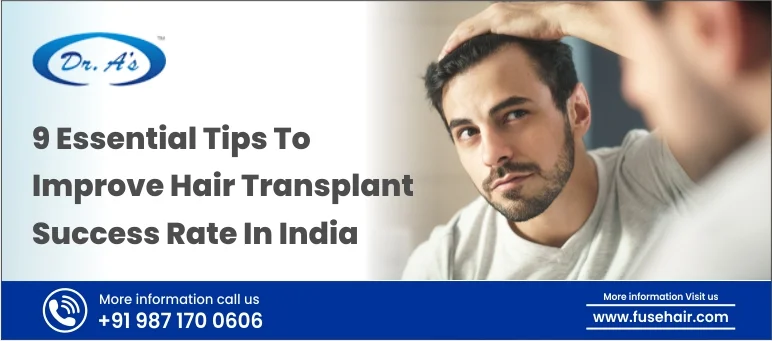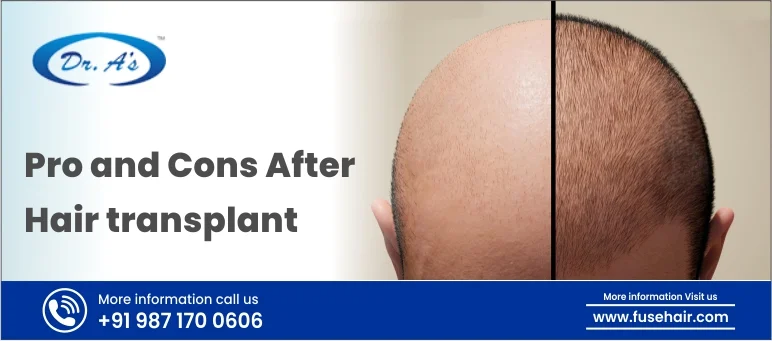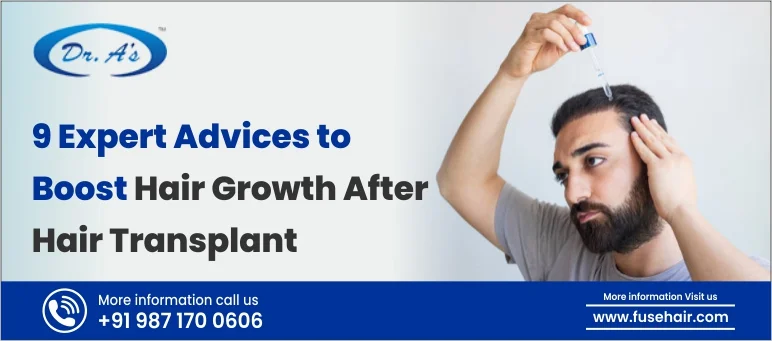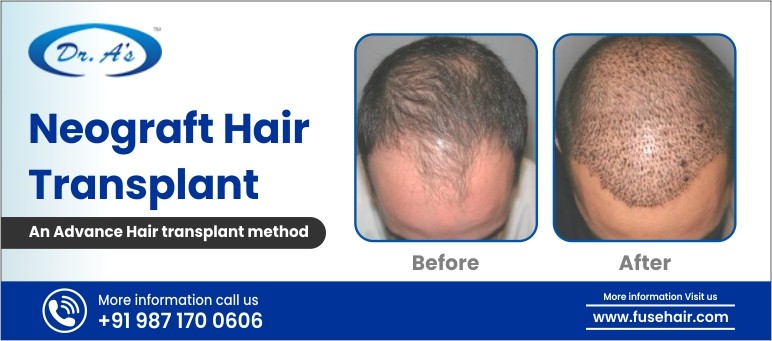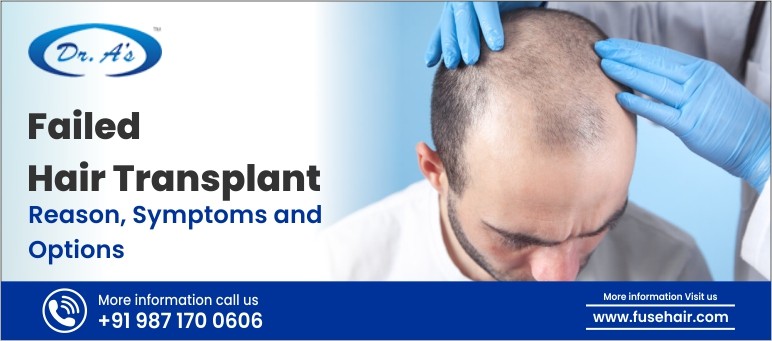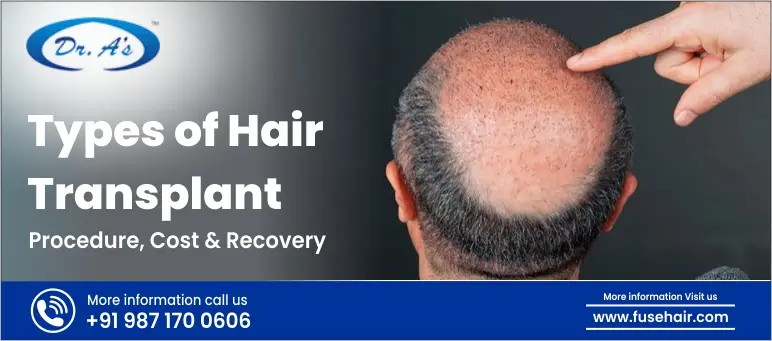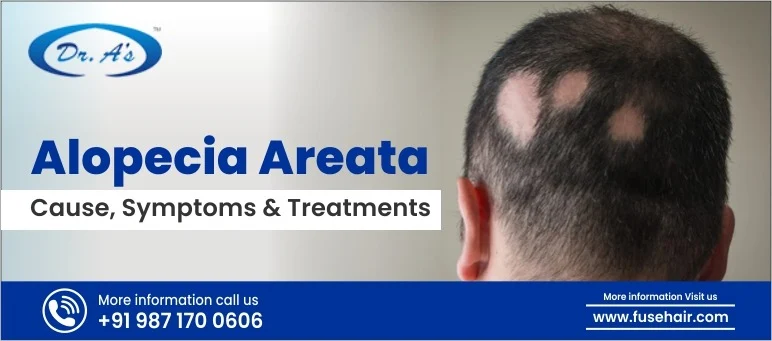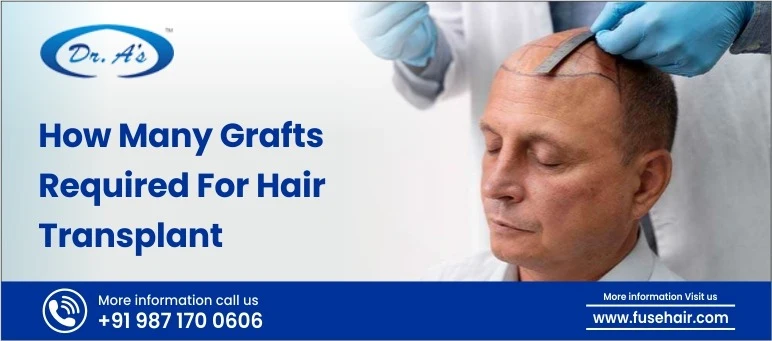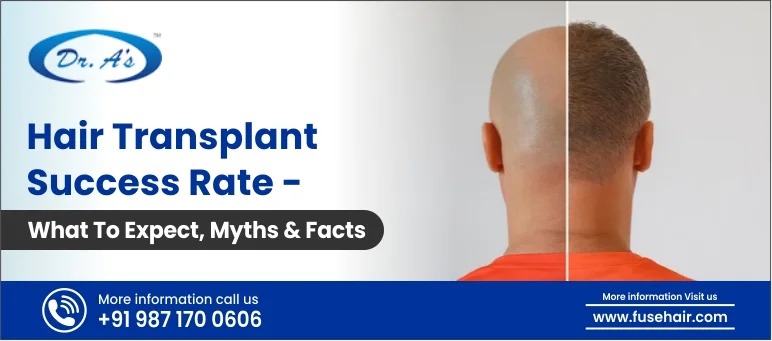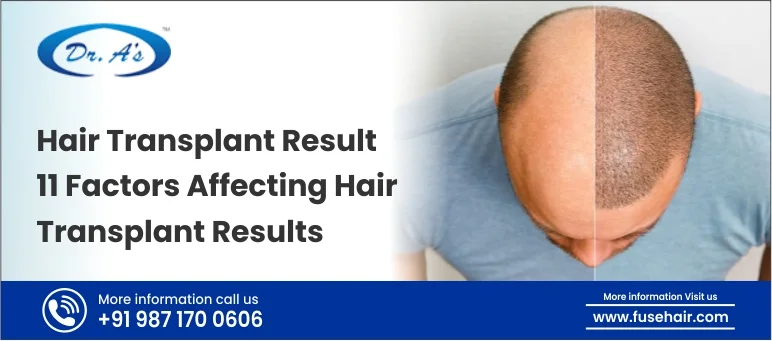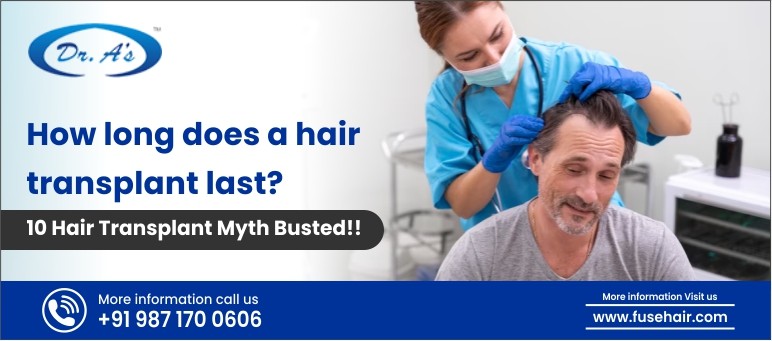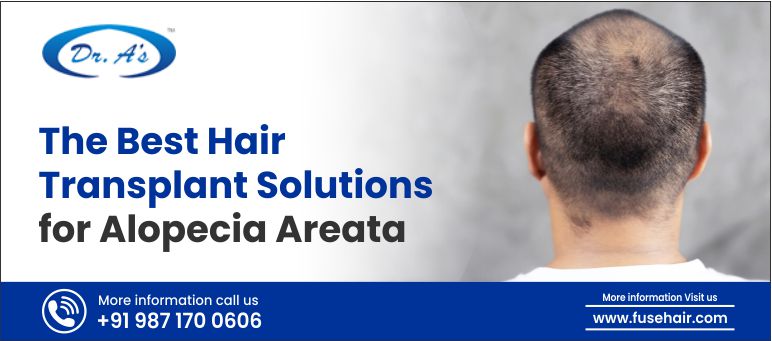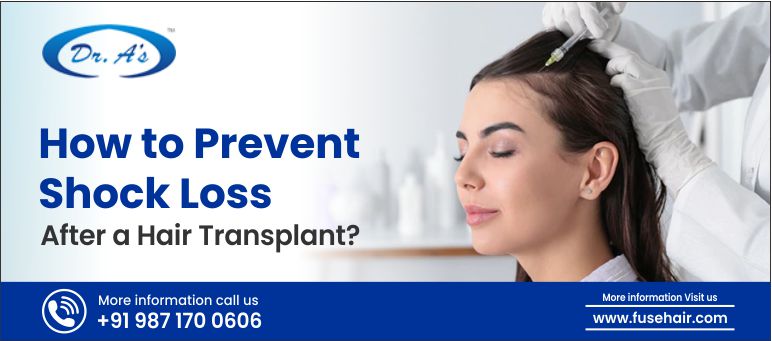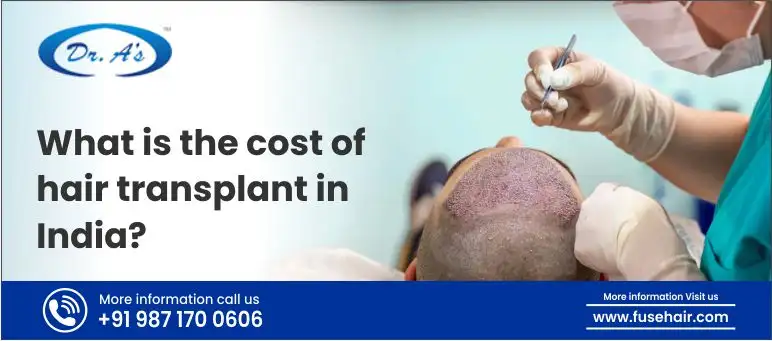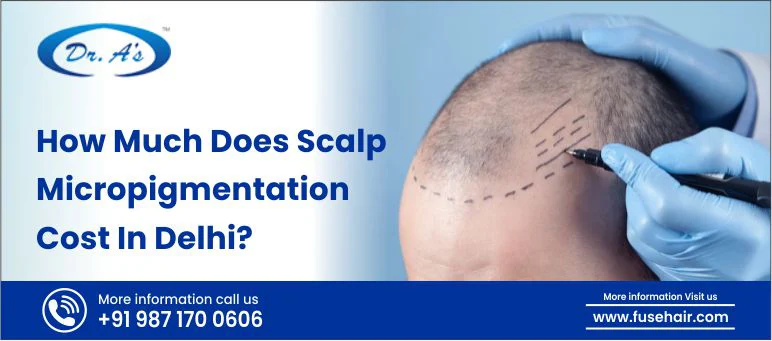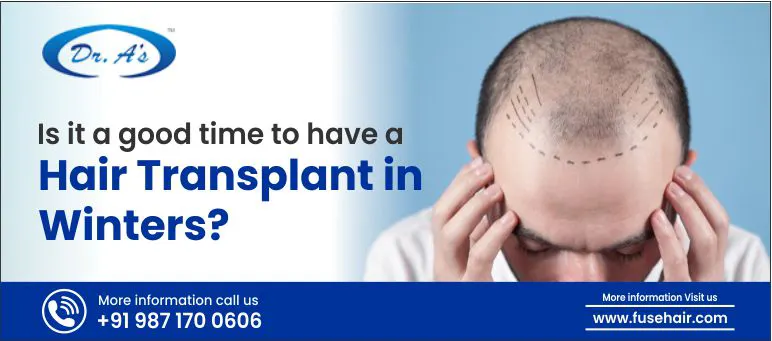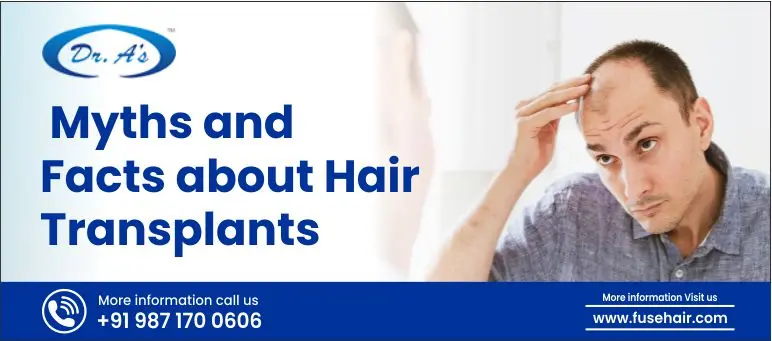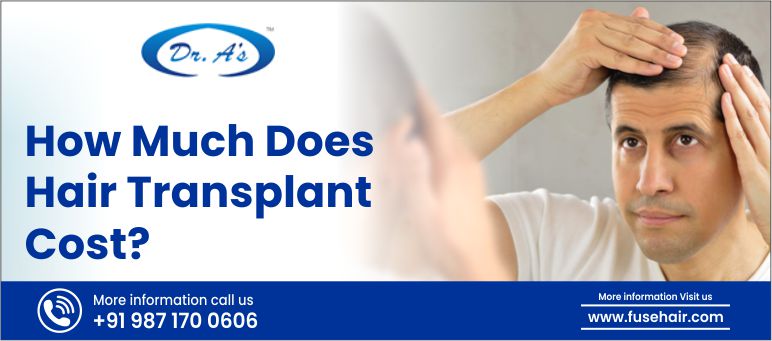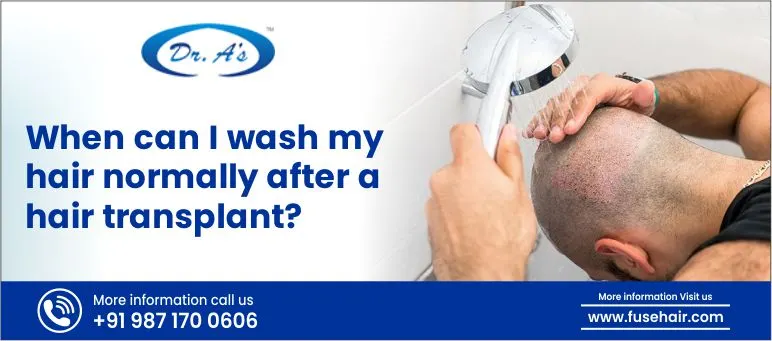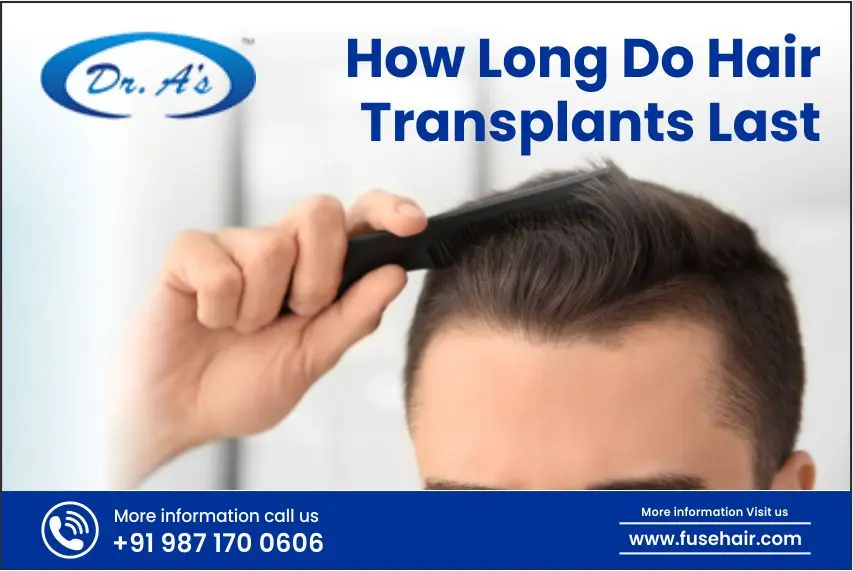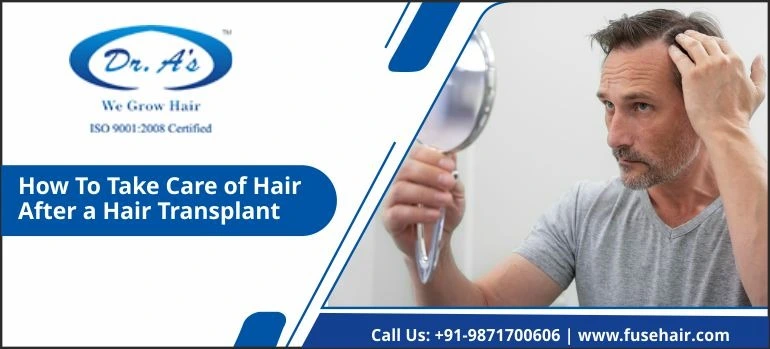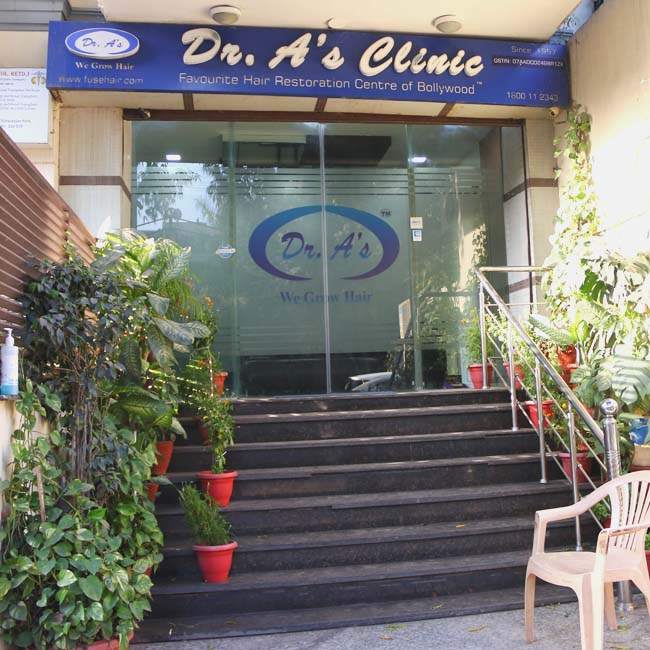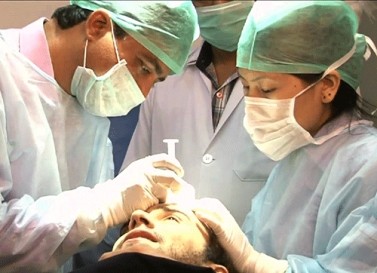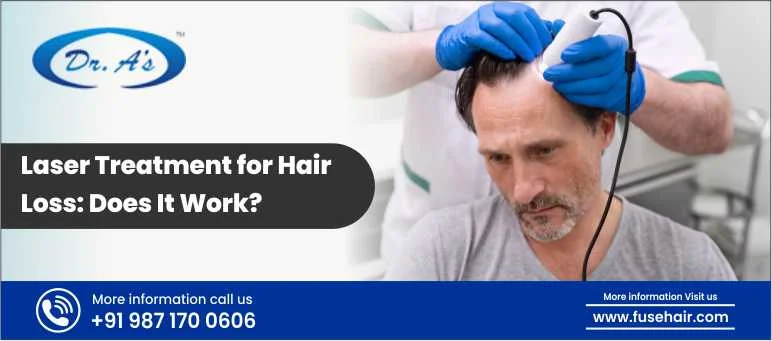
Hair loss affects millions of people, prompting the search for effective treatments like laser treatment for hair loss. This non-invasive method, including low-level laser and red light therapy, is designed to stimulate hair follicles, improve blood circulation in the scalp, and support hair regrowth.
Studies suggest that laser therapy may help those experiencing early-stage hair thinning or hereditary hair loss, though results vary depending on individual factors and consistency of use. While it is an alternative to medications and surgical procedures, combining it with other proven treatments like hair transplants often yields better outcomes.
Dr. Arvind Poswal, a renowned hair transplant surgeon with over 20 years of experience, provides advanced laser treatments for hair loss at Dr. A’s Clinic. He uses scientifically-backed therapies to help stimulate hair regrowth and improve scalp health, restoring lost hair.
Understanding Laser Treatment for Hair Loss
Laser hair growth treatment is a non-invasive therapy that uses Low-Level Laser Therapy (LLLT) or Red Light Therapy (RLT) to stimulate hair follicles and promote regrowth. This technique delivers low-intensity light energy to the scalp, enhancing blood circulation, increasing oxygen supply to hair follicles, and encouraging cellular activity. The improved nutrient flow strengthens weak follicles, helping to slow down hair thinning and extend the hair’s growth phase. Laser therapy is commonly used for individuals experiencing androgenetic alopecia (genetic hair loss) or early-stage hair thinning, as it helps reactivate dormant follicles and improve overall hair density.
The treatment is FDA-cleared and can be administered through clinical laser devices or wearable at-home laser caps. It is a pain-free, drug-free alternative to traditional hair loss treatments like medications or hair transplants.
However, laser hair growth therapy works best when used consistently over several months and is often more effective when combined with other treatments like Minoxidil, PRP therapy, or hair transplants. While results vary depending on the individual, laser therapy is considered a safe option with minimal side effects, making it a popular choice for non-surgical hair restoration solutions.
Science Behind Laser Therapy: Is It Effective?
Laser hair therapy is based on the principle of photobiomodulation, where low-level laser light penetrates the scalp to stimulate cellular activity in hair follicles. The treatment primarily works by enhancing blood circulation, which increases the oxygen and nutrient supply to hair roots, strengthening follicles and promoting hair regrowth.
Low-Level Laser Therapy (LLLT) typically uses a light wavelength of 660 nm, which is absorbed by scalp tissues and mitochondria (the powerhouse of cells). This absorption boosts ATP (adenosine triphosphate) production, providing energy to hair follicles and prolonging the anagen (growth) phase of the hair cycle while reducing follicle shrinkage.
Scientific studies have shown promising results for laser hair growth treatments, particularly in individuals experiencing androgenetic alopecia (genetic hair loss). Research indicates that LLLT can increase hair density, improve thickness, and slow down hair thinning when used consistently.
In clinical trials, laser therapy participants experienced significant improvements in hair count compared to those who did not undergo treatment. However, laser therapy is most effective in the early stages of hair loss and is less beneficial for individuals with severe baldness, where follicles have become completely inactive. While it is not a miracle cure, laser therapy offers a safe, FDA-cleared option for those seeking non-invasive hair restoration.
Laser Therapy for Different Types of Hair Loss
Laser therapy for hair loss is widely explored as a non-invasive solution to treat thinning and baldness, but its effectiveness depends on the type and underlying cause of hair loss. Here’s how it works for different conditions:
-
Androgenetic Alopecia (Genetic Hair Loss)
This is the most common form of hair loss, affecting both men and women due to genetics and hormonal changes. Laser therapy is moderately to highly effective in the early stages, as it stimulates hair follicles, improves blood circulation, and prolongs the growth phase of the hair cycle. However, for advanced baldness where follicles have become inactive, laser therapy alone may not be sufficient.
-
Telogen Effluvium (Stress-Induced Hair Loss)
Hair shedding caused by stress, illness, hormonal fluctuations, or post-pregnancy can lead to temporary thinning. Laser therapy can aid recovery by boosting scalp circulation and reducing inflammation, but results depend on addressing the underlying cause. It is most effective when combined with lifestyle changes and stress management.
-
Alopecia Areata (Autoimmune Hair Loss)
This condition occurs when the immune system mistakenly attacks hair follicles, leading to patchy bald spots. While laser therapy may help reduce inflammation, its effectiveness in stimulating regrowth remains uncertain. Medical treatments like corticosteroids are usually required, though laser therapy may serve as a supportive treatment.
-
Scalp Health-Related Hair Loss (Dandruff, Seborrheic Dermatitis)
Chronic scalp inflammation and poor blood circulation can weaken hair follicles, contributing to hair thinning. Laser therapy can enhance scalp health by promoting healing and improving oxygen supply, but it should be paired with dermatological treatments for best results.
-
Post-Hair Transplant Recovery
After a hair transplant, newly implanted follicles need proper blood supply to thrive. Laser therapy is highly effective in post-transplant healing, as it reduces redness, speeds up recovery, and supports graft survival. Experienced hair restoration specialists like Dr. Arvind Poswal suggest undergoing laser treatment 2 weeks after a hair transplant for safer and more effective results.
Red Light Therapy vs. Traditional Laser Therapy
When it comes to non-invasive hair restoration, red light therapy hair growth treatments and traditional Low-Level Laser Therapy (LLLT) are two commonly used options. While both use light energy to stimulate hair follicles and improve scalp health, they differ in terms of technology, depth of penetration, and effectiveness.
-
Technology Used
Red light therapy hair growth devices use LED (Light-Emitting Diodes) that emit diffused red light, typically around 660 nm wavelength. Traditional LLLT devices, on the other hand, use medical-grade laser diodes (650–680 nm), producing a more concentrated and coherent light beam for deeper scalp penetration. At Dr. A’s Clinic, advanced red light therapy technology is used to effectively target weakened hair follicles, promoting stronger and healthier hair growth through scientifically backed treatments.
-
Effectiveness for Hair Growth
LLLT is clinically tested and FDA-cleared for treating androgenetic alopecia (genetic hair loss) by stimulating follicles and extending the hair growth phase. Red light therapy hair growth treatments primarily boost scalp circulation and reduce inflammation, supporting hair health but offering less direct follicle stimulation compared to LLLT.
-
Depth of Penetration
Traditional laser therapy reaches deeper layers of the scalp, activating dormant follicles for potential regrowth. Red light therapy mainly works on surface-level scalp cells, improving overall scalp condition rather than targeting follicular regeneration directly.
-
Best Use Cases
LLLT is ideal for individuals experiencing early-stage genetic hair loss, as it can reactivate weakened follicles and promote denser hair growth. Red light therapy is better suited for improving scalp health, reducing inflammation, and enhancing post-transplant recovery rather than regrowing lost hair.
How to Maximize the Effectiveness of Laser Therapy for Hair Loss?
Laser therapy for hair loss is most effective when used consistently and in combination with other supportive treatments. Here are key ways to enhance results and ensure optimal hair regrowth:
-
Be Consistent with Treatment
Laser therapy requires regular and long-term use to show visible improvements. Most treatments recommend 3–4 sessions per week for at least 3–6 months to stimulate hair follicles effectively. Skipping sessions can slow down progress and reduce effectiveness.
-
Combine with Other Hair Growth Treatments
Laser therapy works best when paired with clinically proven hair loss solutions such as Minoxidil, PRP (Platelet-Rich Plasma) therapy, or hair transplants. These complementary treatments help accelerate hair regrowth and improve overall scalp health.
-
Maintain a Healthy Scalp
Keeping the scalp clean and free from buildup allows laser light to penetrate effectively. Using gentle, sulfate-free shampoos and scalp exfoliators can remove excess oil, dead skin, and product buildup, ensuring better absorption of laser energy.
-
Prioritize Nutritional Support
Hair growth is influenced by diet and nutrient intake. Consuming protein, iron, biotin, omega-3 fatty acids, and vitamin D can strengthen hair follicles and improve laser therapy results. Supplements specifically designed for hair health may also support growth.
-
Use High-Quality Laser Devices
Not all laser devices are equally effective. Choosing clinically tested laser caps and in-clinic treatments enhances effectiveness, providing better scalp coverage and more noticeable results. Dr. A’s Clinic uses FDA-approved, medical-grade red light laser devices designed for precise follicle stimulation and deep scalp penetration. These advanced laser devices ensure consistent energy delivery, helping activate dormant hair follicles and improve hair density.
-
Avoid Heat and Chemical Damage
Excessive heat styling, harsh chemical treatments, and frequent hair dyeing can weaken hair follicles, counteracting the benefits of laser therapy. Limiting exposure to these damaging factors can help maintain hair strength and improve regrowth.
-
Be Patient and Track Progress
Laser therapy does not produce instant results, as hair follicles take time to respond. Taking progress photos every month can help track subtle changes and keep motivation high. Most users notice improvements in hair thickness and density within 3–6 months.
Conclusion
Laser therapy, including red light therapy for hair loss, has become a widely used non-invasive approach to stimulate hair follicles, enhance scalp circulation, and slow down hair thinning. While it works best for early-stage hair loss, results depend on consistency and may take several months to show noticeable improvement. Many individuals experience thicker, healthier hair when combining laser therapy with proper scalp care and a nutrient-rich diet.
At Dr. A’s Clinic, Dr. Arvind Poswal provides scientifically proven hair loss solutions, including laser therapy, PRP treatments, and advanced hair transplants, helping individuals strengthen hair follicles and restore hair density. Our laser treatments are available for those seeking a safe and effective way to support hair regrowth without surgery or medications.

